Case Study: Seattle AI Film Festival Website
The Seattle AI Film Festival website serves not just as a document of the festival itself, but as a record of the early stages of generative AI filmmaking at this historic moment in time.
The inaugural Seattle AI Film Festival held in March of 2025 was a groundbreaking event allowing creatives from around the world to showcase cutting-edge films made using artificial intelligence.
Films from eighty five filmmakers from 22 countries were screened during the two-day festival, which was held at the City of Seattle’s M5 Creator’s Hub.
The festival was produced by Culture & Code, a podcast and AI automation company dedicated to helping storytellers collaborate better with AI and each other.
John Gauntt, the founder of Culture & Code and the Creative Director of the Seattle AI Film Festival, put on the event because he believes that artificial intelligence is much more than a way to make the creative process more efficient.
“The future of stories and the creative process are inextricably intertwined with technology, not as a replacement for traditional forms, but as an evolution of the tools we use to express ourselves,” he said.
Gauntt and Culture & Code are no strangers to MediaStorm.
Our companies have collaborated on multiple projects in the past, including the visual implementation of the podcast Burner Face, which was produced using the MediaStorm Platform.
Gauntt and Culture & Code’s Keith Ancker, who served as Technical Director of the Seattle AI Film Festival, have both attended MediaStorm’s One-Day and Methodology Master Classes and are well steeped in MediaStorm’s storytelling and packaging approach.
The pair reached out in January to commission MediaStorm to build a website for the inaugural festival.
The first step was to solidify the site’s mission and to begin to conceptualize how to visualize the site structure.
Request a demo to learn more about the MediaStorm Platform.
The Goals
The team quickly identified that the website had two distinct goals, and that in order to meet them, site development must be divided into two phases.
In phase 1, prior to the festival, the website would serve as advance promotion, with primary information about the event and the staff, as well as ways to submit a film, become a sponsor and buy tickets.
In phase 2, after the festival, it would showcase all of the films that were selected to be screened, identify the winners, and provide biographical profiles for each of the filmmakers.
The Challenge
In talking through the schedule, the team realized that there would be very little time between when we received material for each phase and when it would need to be published.
The initial material about the 83 festival films would come just days before the event, and we would need to have a structure ready to move quickly.
The films themselves couldn’t be published, however, as that would upstage the live festival screenings.
We would only be able to publish the films once the festival was over, and aspired to do so quickly.
We would have the ability to employ the Platform’s visual interactives to provide a sophisticated presentation for the full films as they came in.
The Implementation
We built a single website release in the MediaStorm platform that would serve as the foundation for the promotional phase before the event.
We used the Platform’s Page and Contributor Titles to communicate information about the festival.
We chose a website release so we could employ the Platform’s custom navigation feature, which would allow for us to link to internal pages, as well as linking to outside sites with others.
Navigation to links such as Schedule, Sponsorship, Press and About linked to internal pages, while others such as Podcast, Newsletter and Submit a Film, linked to third-party solutions.
The Website Release also allowed us to add the organizer’s logo at the top right with a branded “A Production of Culture & Code” link.
As with all of our Releases, the Seattle AI FIlm Festival site can be embedded on any other website.
All users need to do is click the share button at the bottom right and embed code will appear. The code can be pasted into a custom code block on another site and the Release will display in full.
Phase 1 - Information and Promotion
Information about the festival
The goal of this stage was to promote the festival and provide information about the films that were selected to be screened.
Another goal was to present the benefits for potential sponsors.
We built an image grid containing the logos of the festival’s sponsors and partners, each with a link back to that organization’s website. As new sponsors came in, we were able to quickly add them to the grid, which was displayed on the Sponsor page.
Another important feature was the ability of organizers to be able post news about the festival on the website.
For that, we built a blog-style Press page that was linked from the top-level navigation.
The page contains excerpts, each which link to a fully displayed web press release, and a link to download a PDF version.
These pages were critical to communicate to industry insiders, some of whom became advisors or judges in the festival.
To display their involvement and bios we built an About page that lists festival staff and advisors.
Organizers wanted to provide a list of screenings to take place during the festival, so we built a detailed Schedule page.
This page contained screening times for each film, as well as links to bio information about each director, and the category the film was entered into.
This page allowed attendees to learn about each film as they were being screened in a tight deadline during the course of the festival.
Information about the films
To build the foundation of the film library, which included more than 80 films, we relied heavily on the Group Content Block functionality.
We created Page Titles that matched the film categories of the festival. Each of these category pages consisted of multiple films.
We created Group Blocks for each film, so they can be easily identified and rearranged as a group if necessary.
Each of the blocks consisted of material related to that film, specifically the film’s title, a poster frame, the film’s description, and a link to the director’s bio profile.
The dynamic text and media blocks pointed at the data in the media asset, allowing us to make changes to those records and have it reflect everywhere it was used on the site.
To create the filmmakers’ bio profiles, we relied on the Platform’s Contributors functionality.
Each director was entered into the backend as a unique contributor, allowing us a centralized way to leverage their bios from multiple places.
Each contributor record allowed us to add a profile image and a bio description independently for each.
Our plan was to add each director’s film to their profile after the live festival.
By combining Pages that were organized into film-specific content groups in Phase 1, we were able to create templates that could be replicated over the course of each of the 83 films.
These blocks consisted of information about the film, along with a poster frame image, and a link to the contributor’s bio.
Each film credit contained a link to the filmmaker’s full bio, so users could learn more about the directors.
All of the filmmaker bios were added to a Contributor’s Title, allowing us to display them as a group so that users could browse All Filmmakers.
As a bonus, the All Filmmakers view was displayed on an interactive screen at the festival event, allowing festival-goers to scroll through the directors.
And finally, at the bottom of the homepage, we used a Filmstrip Cover to allow users to browse trailers from a selection of the festival films, using a horizontal scrolling navigation common on streaming services.
This gave users something to watch until the festival event had concluded and we were able to move on to the second phase of the site.
Phase 2 - Film and Event Showcase
Once the festival was over, we were able to add the films to each of the category pages.
This consisted of two parts, updating the existing site and adding new, visually sophisticated interactive elements.
Updating the existing site
We simply opened each group and changed the source the dynamic text and media items were pointing to from the still image poster frames to the films.
We did this for each of the films, flowing them into the category pages that we had built in Phase 1 that just contained poster frames.
This transformed the pages from simply informational into a library of all the festival films broken down by category.
We added each of the full films to the director’s bio pages, so all the work on the site could be browsed by filmmakers as well.
Adding Interactives
Once the site was updated with all the films, we set about creating visual interfaces so users could navigate the films in a sophisticated way.
We added each of the winning films to a playlist so that viewers could watch them sequentially that is organized by category.
For the homepage, we added a Grid Cover as a visual entryway to the Winners playlist.
We also created a much larger playlist containing all the films from the festival.
This allows users to open a single film and after watching it, the next one will play, providing a continuous play experience for viewers. Details for each film can be found by clicking the menu in the bottom left corner.
Submissions to the festival were received from 22 countries.
We built a map that allowed users to navigate directors and their films based on location.
Each point on the map opened a list of filmmakers from that country. Clicking on the filmmaker’s name opened their contributor bio that included their selected film..
Each of these interactives is displayed on the homepage, allowing users to quickly find films they are looking for.
In addition, they appear in the custom nav that is part of our Website Release, so users can navigate to them via drop down menus if they prefer.
The Results
After phase 1 of the Seattle AI FIlm Festival was launched, filmmakers from 22 countries submitted films to the festival.
Many of the 83 films selected to be screened were submitted through the prominent links on the site’s homepage and top level navigation.
The festival’s organizers were able to provide news about the festival through press releases directly on the site.
They were also able to offer the festival’s sponsors and partners prominent logo placement.
The dynamic site allowed our client to showcase the breadth of the festival by publishing each film in full, along with biographical profiles of each contributor.
Our unique implementation of the filmmaker bios allowed the festival organizers to display them on an interactive screen at the event.
The filmmakers themselves particularly appreciated this feature, along with the thorough way the films were presented.
“Your site, and cataloging of the directors and films, is really a cut above the rest. Really can see the work you have put into this. BRAVO!!,” one filmmaker wrote. “Will def be shouting out how "SAIFF is a role model for other festivals.”
Gauntt and Ancker received other feedback as well, and thoughts of their own about the site approach uniquely supported their efforts.
About The Client
The Seattle AI Film Festival is a two-day event that showcases films created using generative artificial intelligence. The inaugural event was held in March 2025.
The festival was produced by Culture & Code, a podcast and AI automation company dedicated to helping storytellers collaborate better with AI and each other.
Culture & Code’s principal staff members John Gauntt and Keith Ancker, also partner in the podcast company Augmented City.
One of Augmented City’s projects is the futuristic podcast Burner Face.
Burner Face’s website was also built using the MediaStorm Platform.
Join
Join the growing community of conscientious creators ready to take back control of their storytelling.
For more information on how you can create powerful experiences that captivate audiences, contact brian@mediastorm.com.
Request a demo to learn more.
MediaStorm Project Showcase
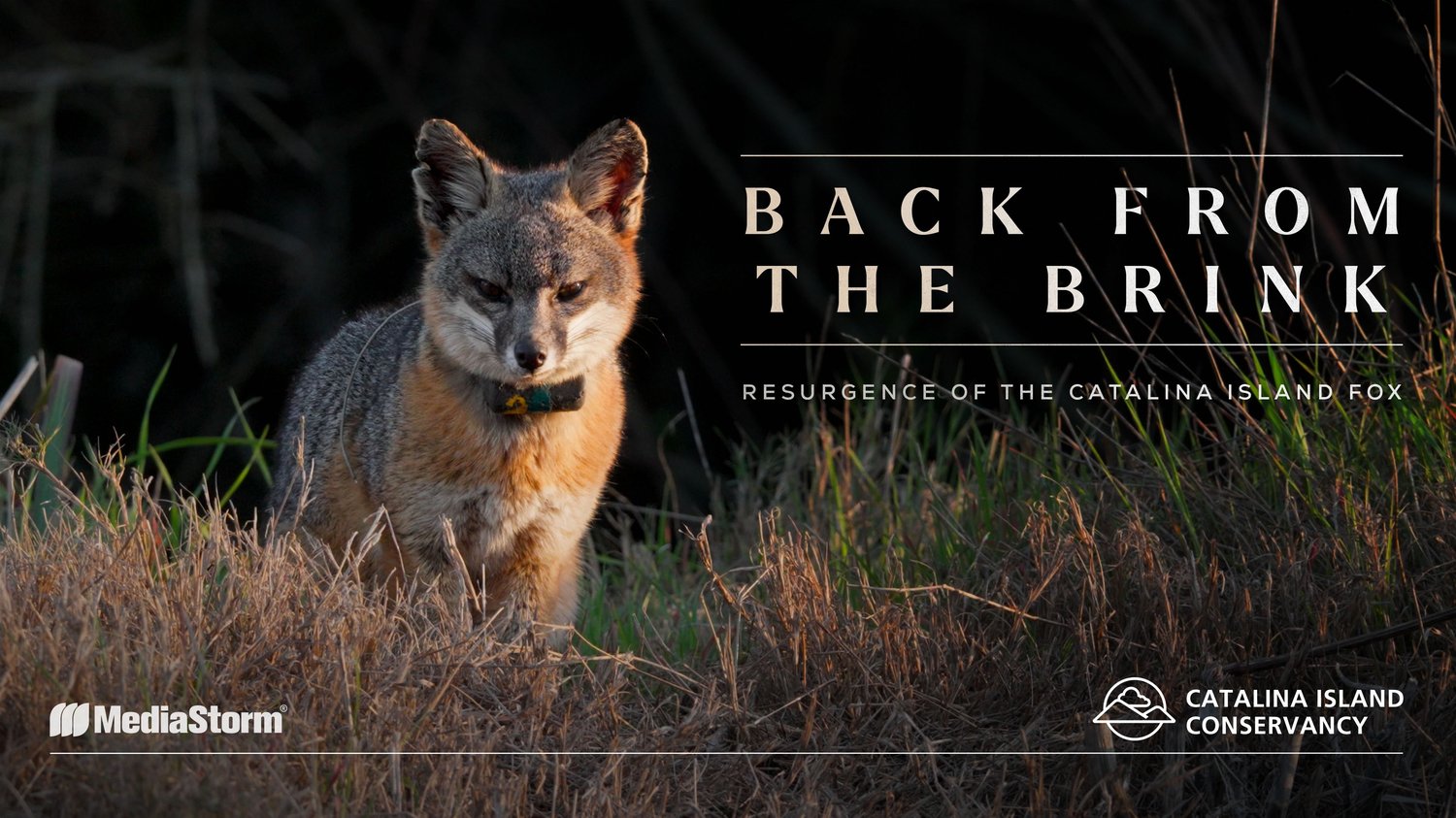
Once teetering on the brink of extinction, the Santa Catalina Island Fox made a dramatic recovery. Its resurgence marks one of the greatest conservation success stories in United States history.
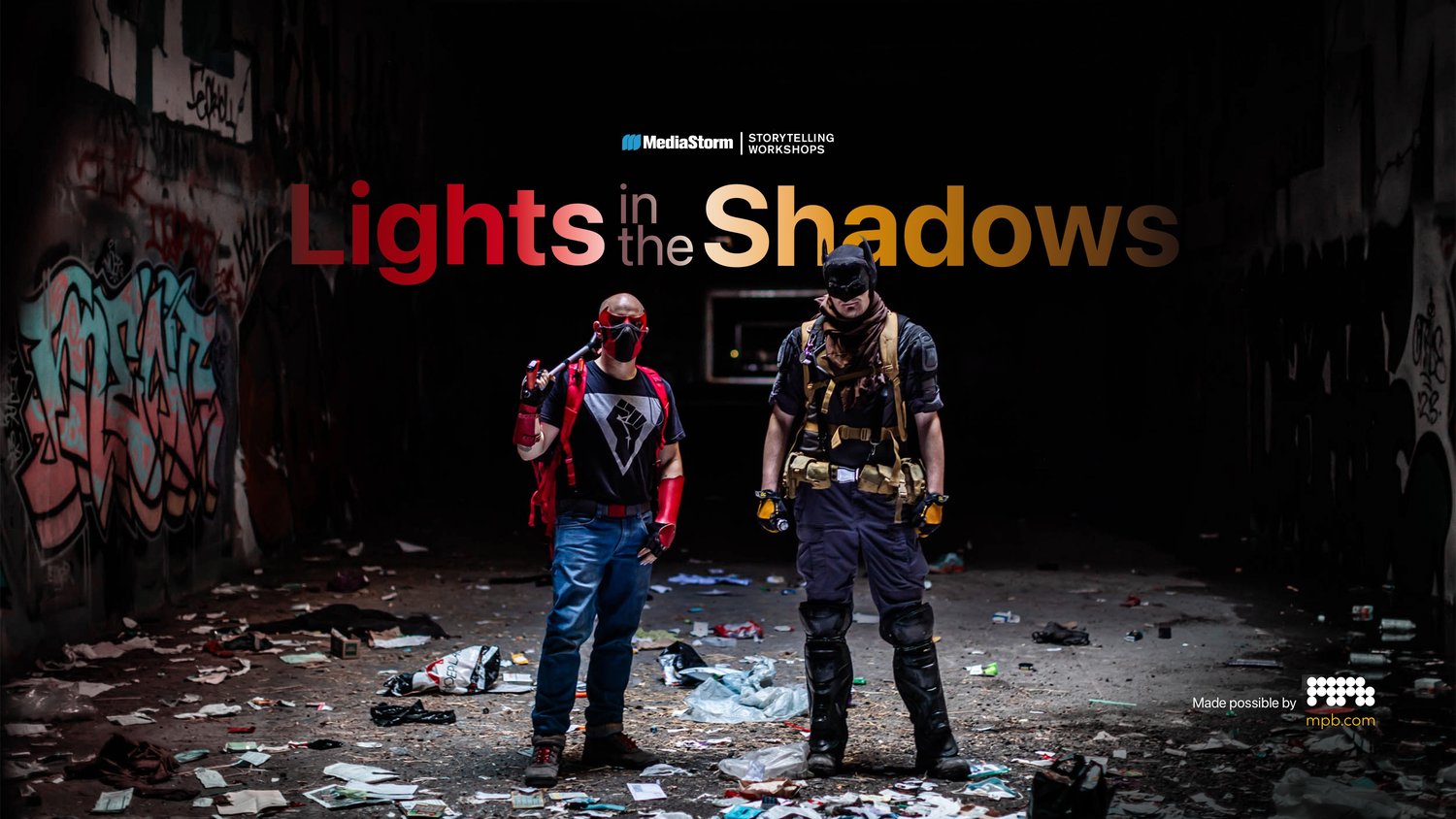
In the shadow of Silicon Valley’s booming technology industry, a growing number of people remain out in the cold. Skyrocketing housing prices in America’s hub of innovation have pushed many onto the streets, straining policymakers to find solutions to a homelessness problem that impacts everyone in the community.
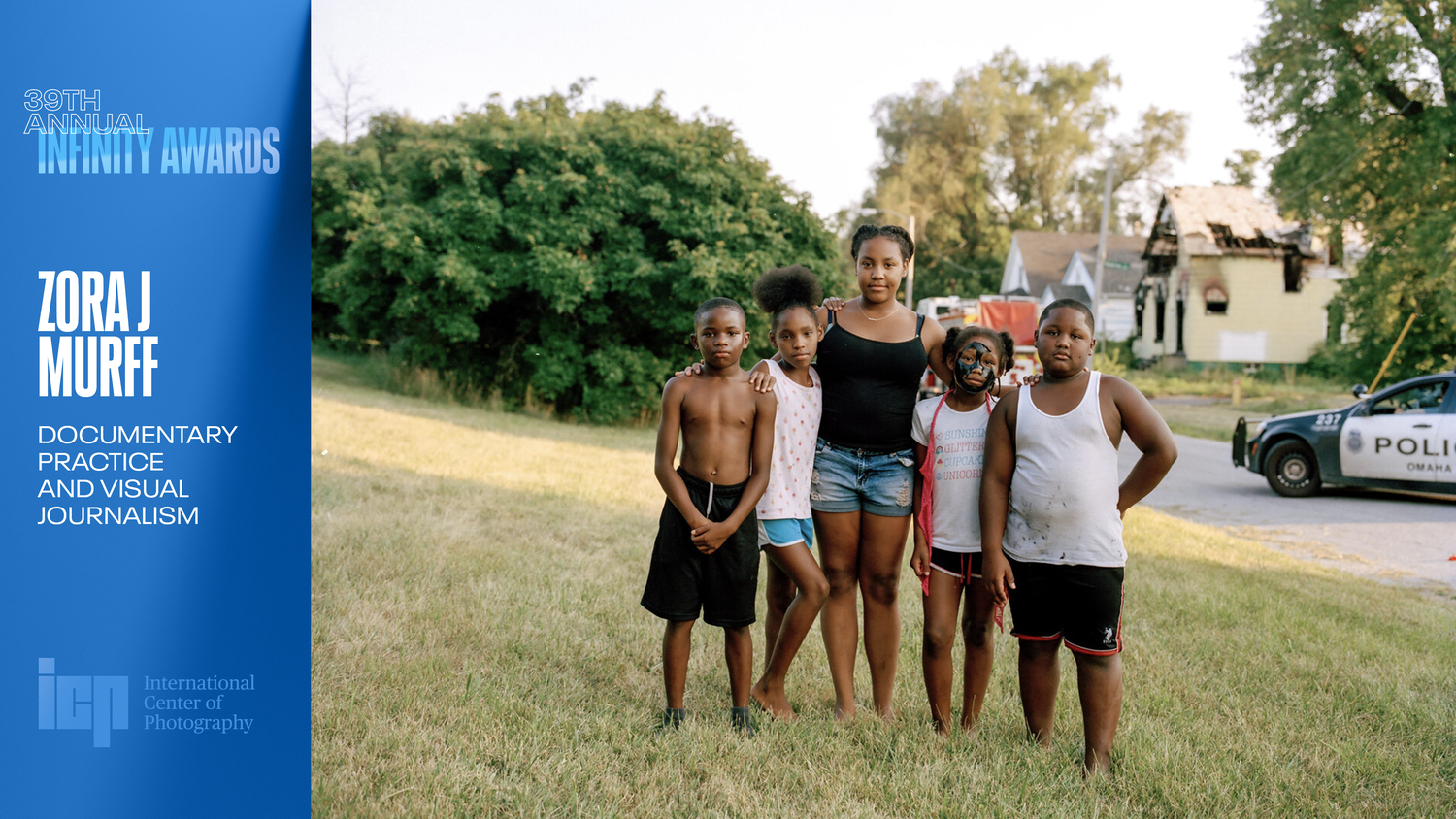
This page recognizing Zora J Murff for ICP’s 2023 Infinity Award for Documentary Practice and Visual Journalism features a film about his life, a slideshow of his projects and extra clips of his thoughts about his work and motivation.

Sebastião Salgado says "a good picture, a fantastic picture, you do in a fraction of a second, but to arrive to do this picture, you must put your life in there."
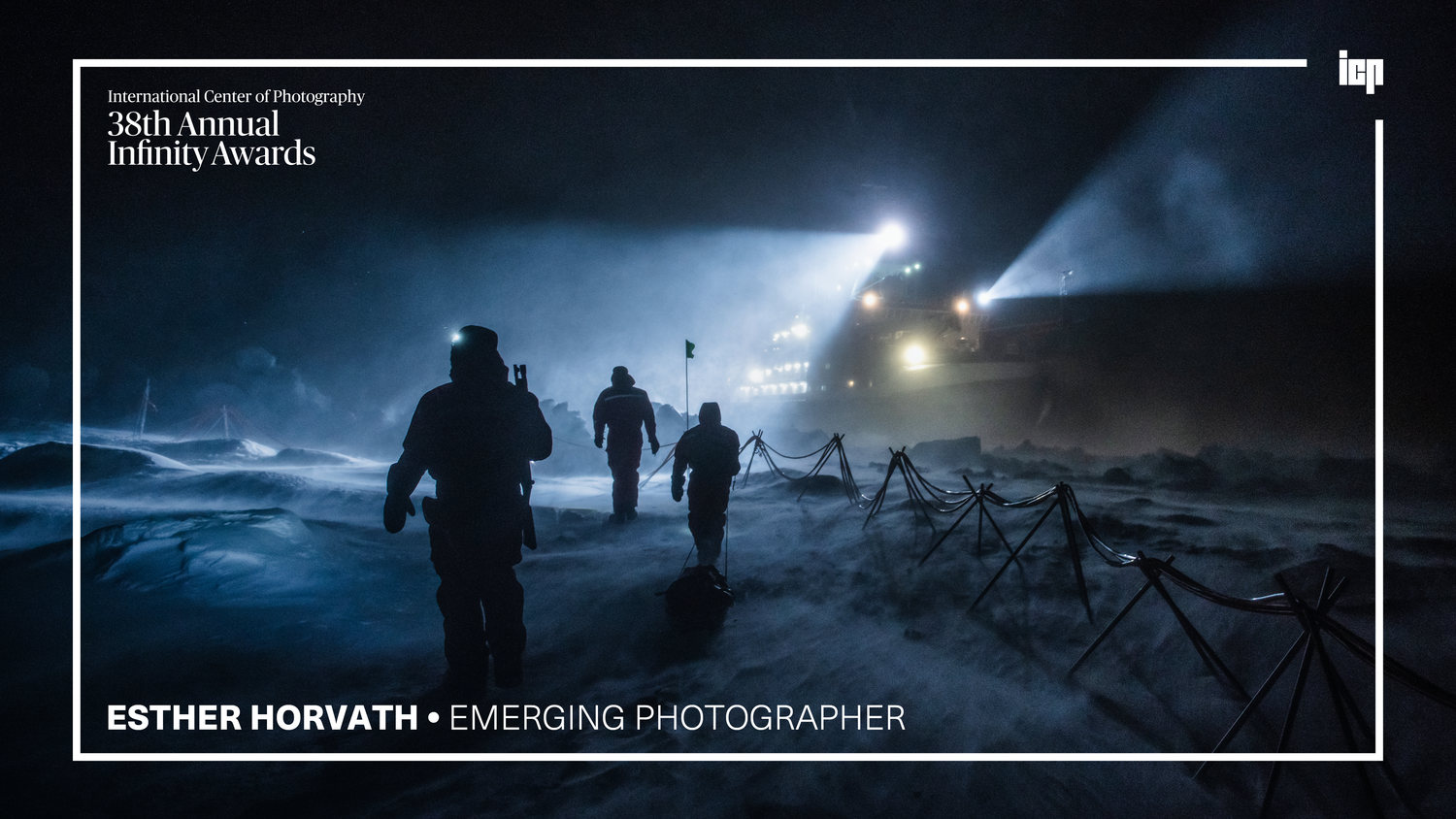
Esther Horvath has sent questions to the universe and she has received answers. She found her calling to tell visual stories that show the full research story behind our climate data.
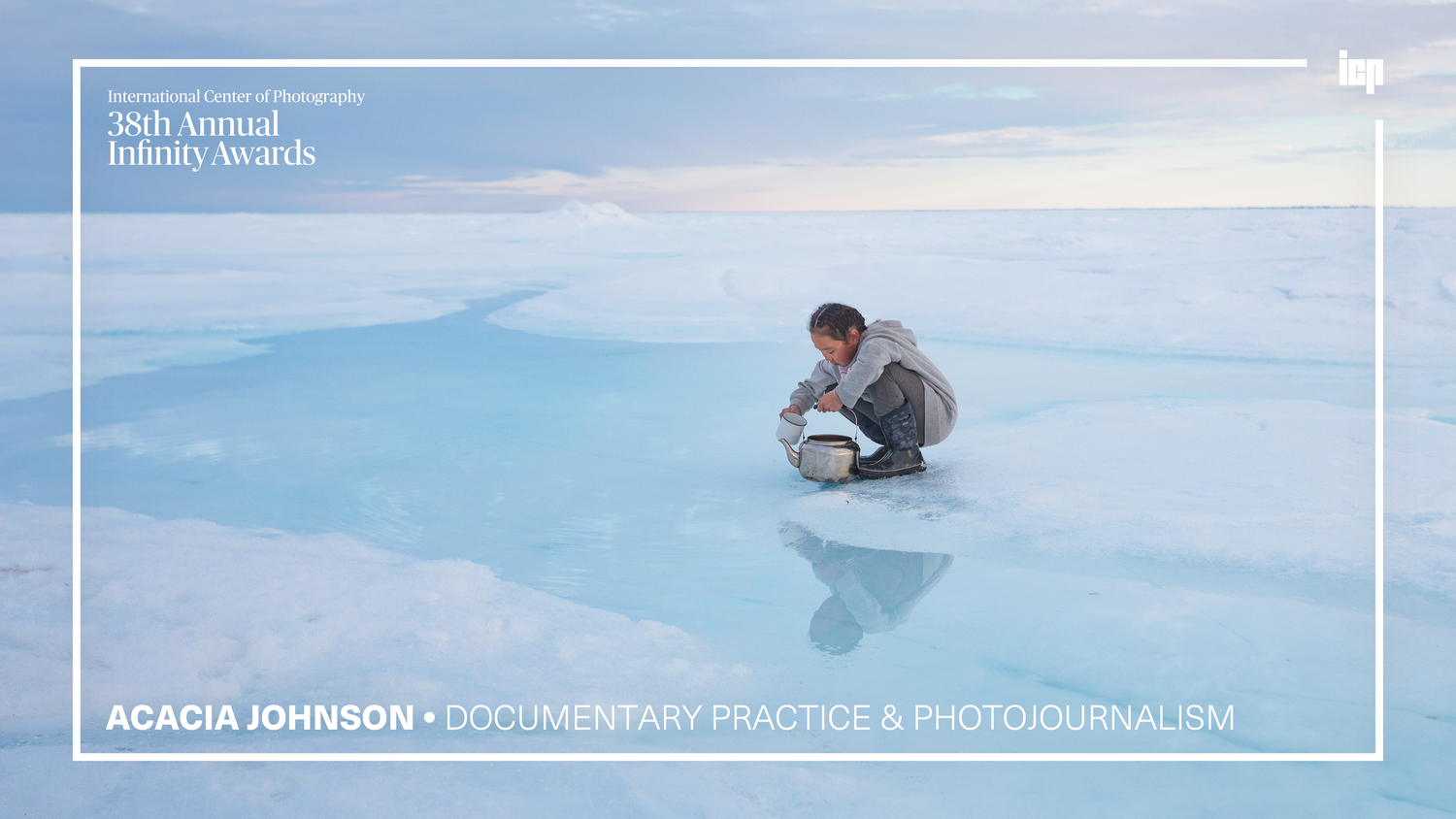
See photographer Acacia Johnson’s growth from her earliest explorations of Alaskan landscapes to a National Geographic cover for a documentary project among indigenous people of the Arctic.
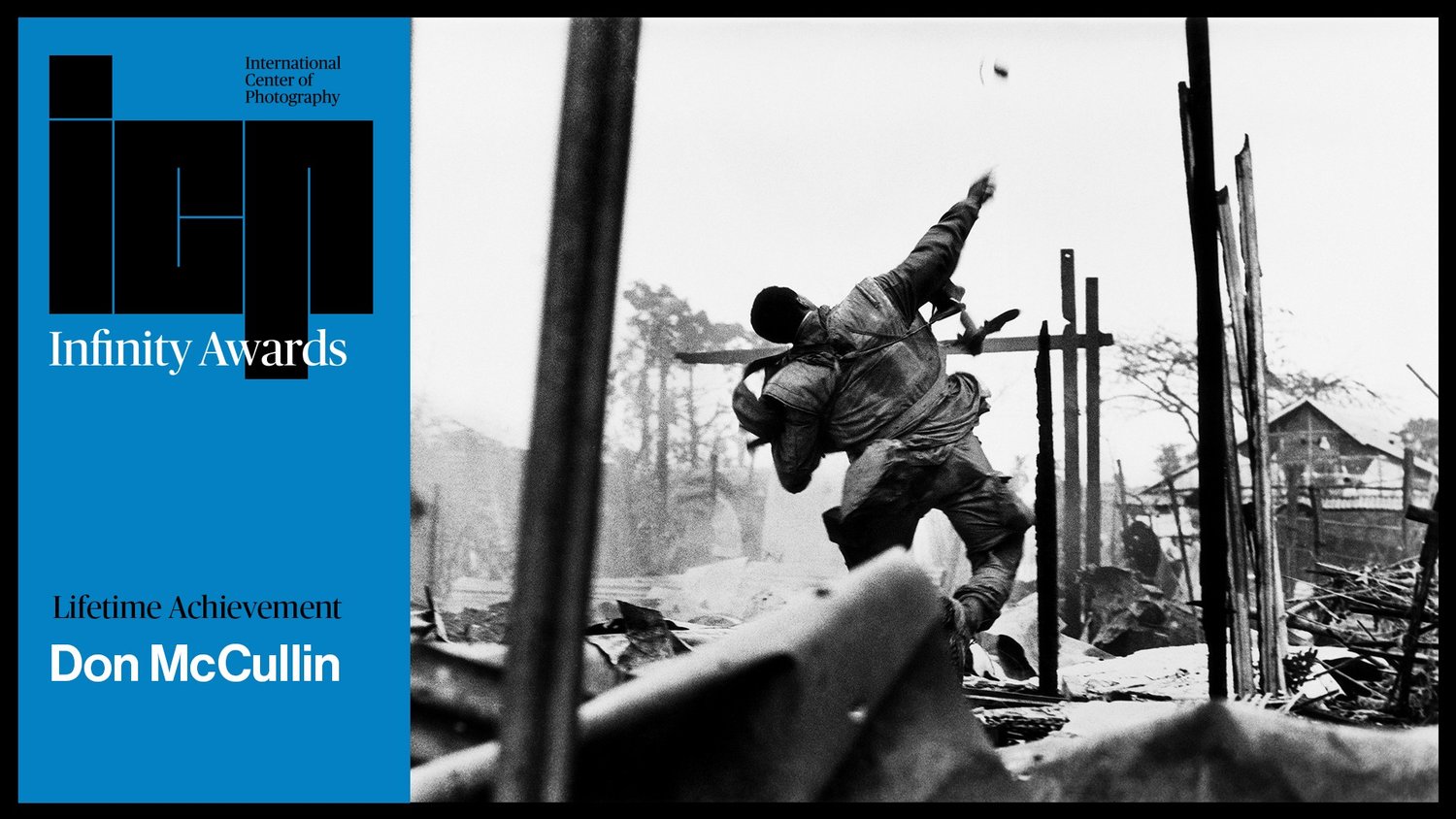
Sir Don McCullin never intended to become a photographer. He found it hard to believe he’d ever escape the poverty of North London. But a spur of the moment photograph launched McCullin into a career spanning 50 years in photography.
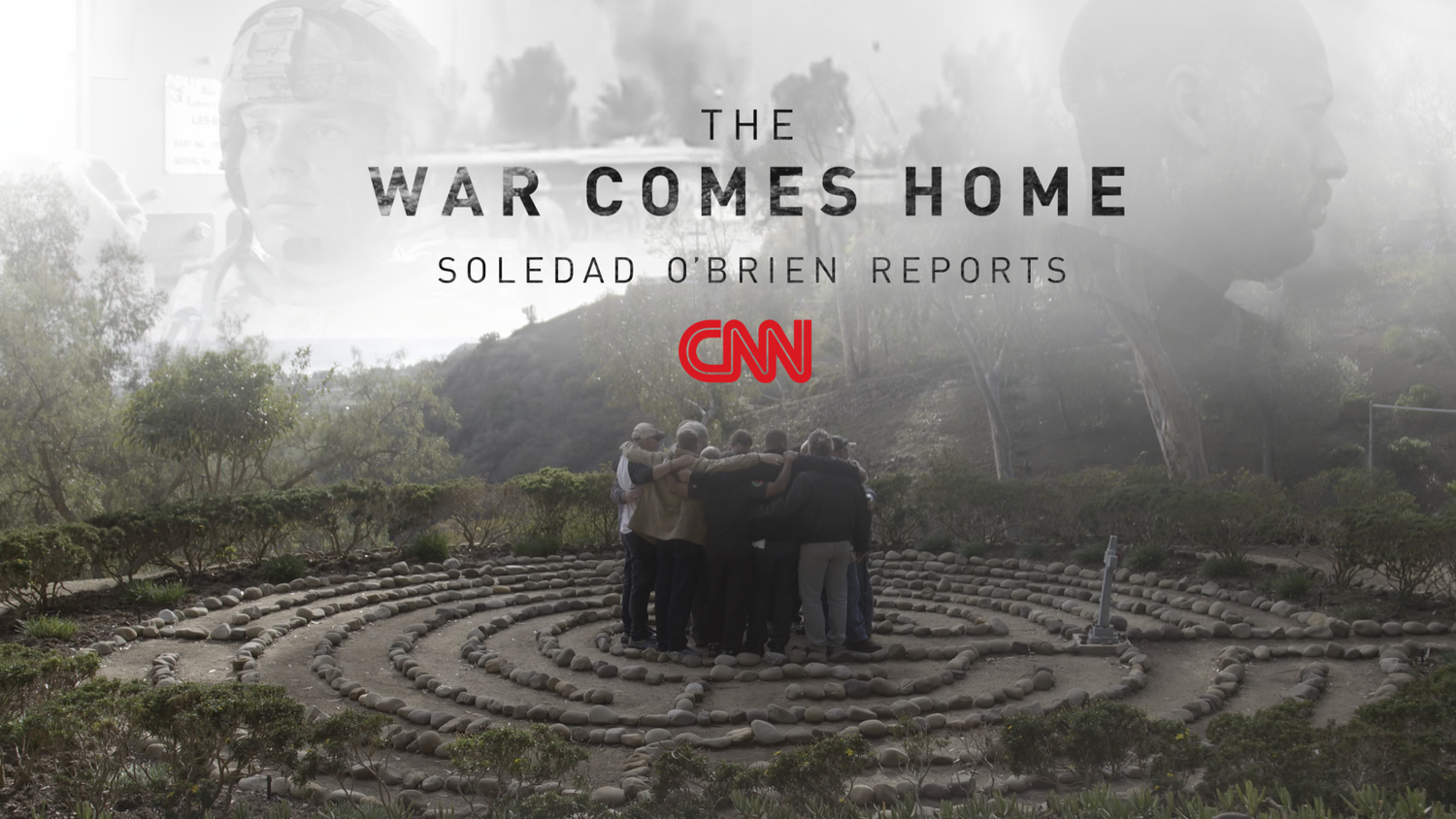
As the U.S. prepares for the final drawdown of soldiers from the conflicts in Iraq and Afghanistan, Soledad O’Brien and MediaStorm take an intimate look at two veterans as they struggle with the transition from war to home.
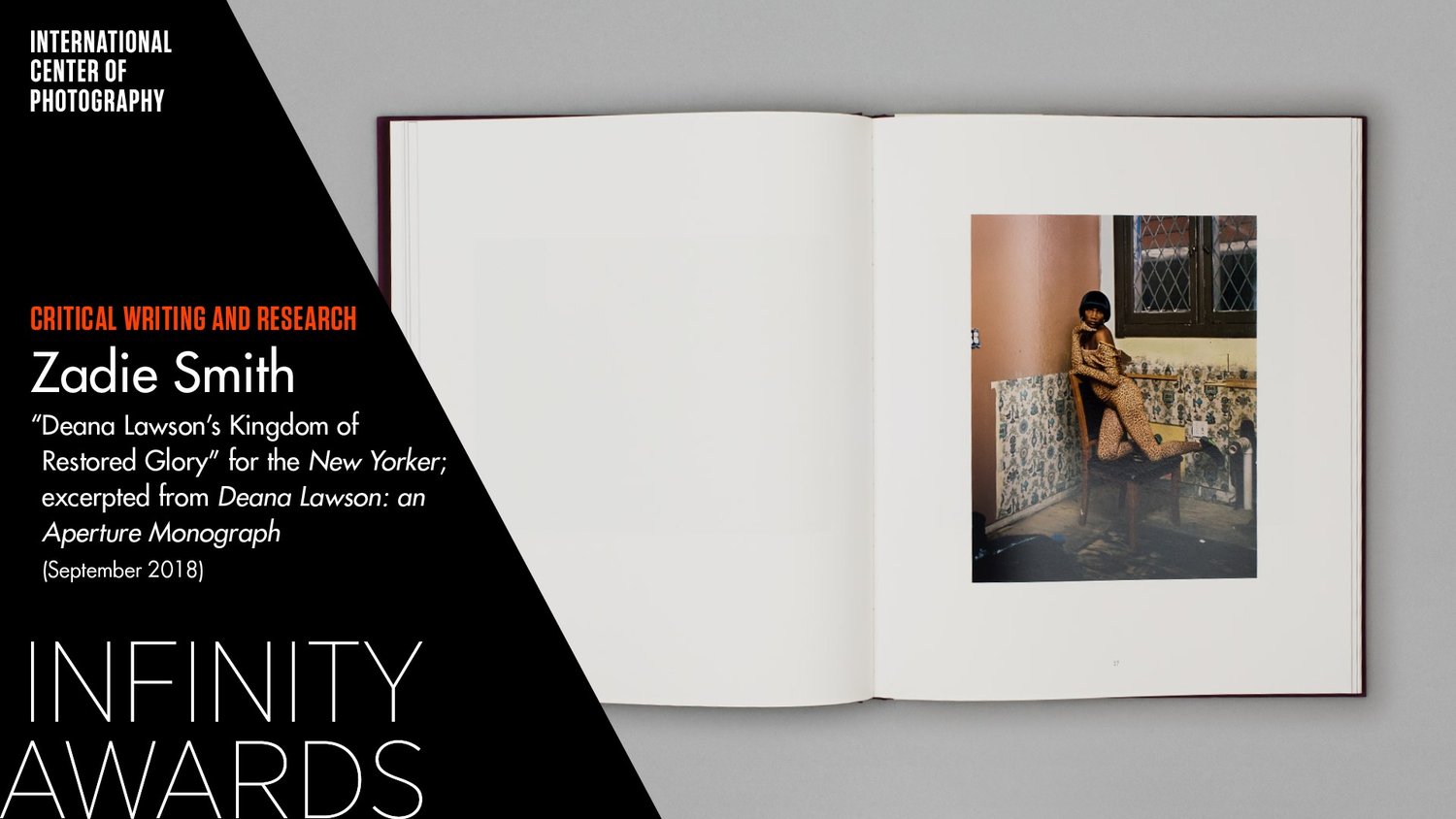
Writer Zadie Smith pays homage to photographer Deana Lawson in the artist’s first Monograph for Aperture.

As a formerly incarcerated person, Michael struggled for work, and found purpose in being a husband, father, and activist. But 7 years since his release from prison, the cost of Michael’s activism is evident.
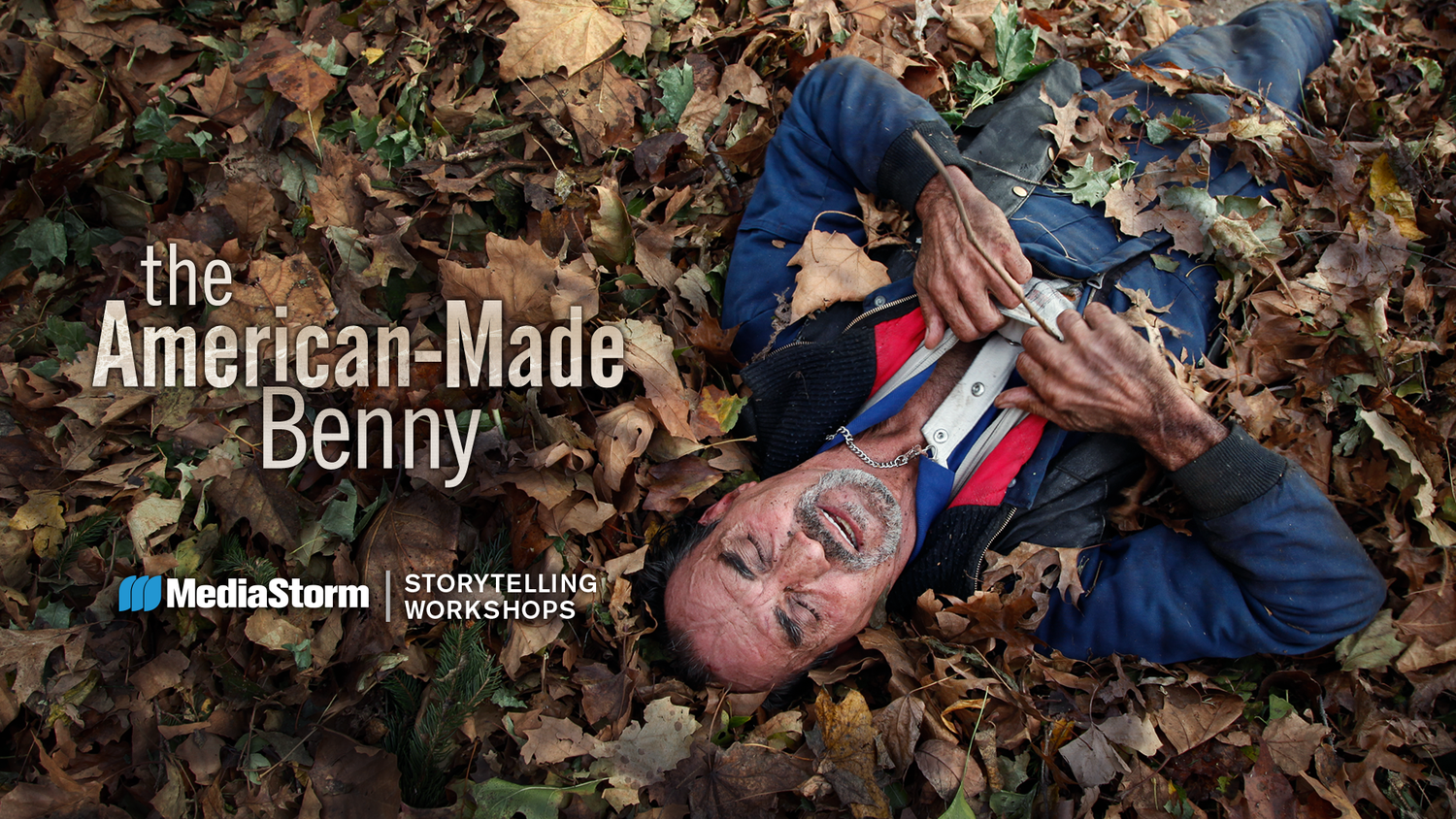
Benny is a “certified” garbologist. He collects what others throw away. Benny is also at war with his family. Here is a man sharing a house with his wife but living as a stranger. This is a household on the edge.
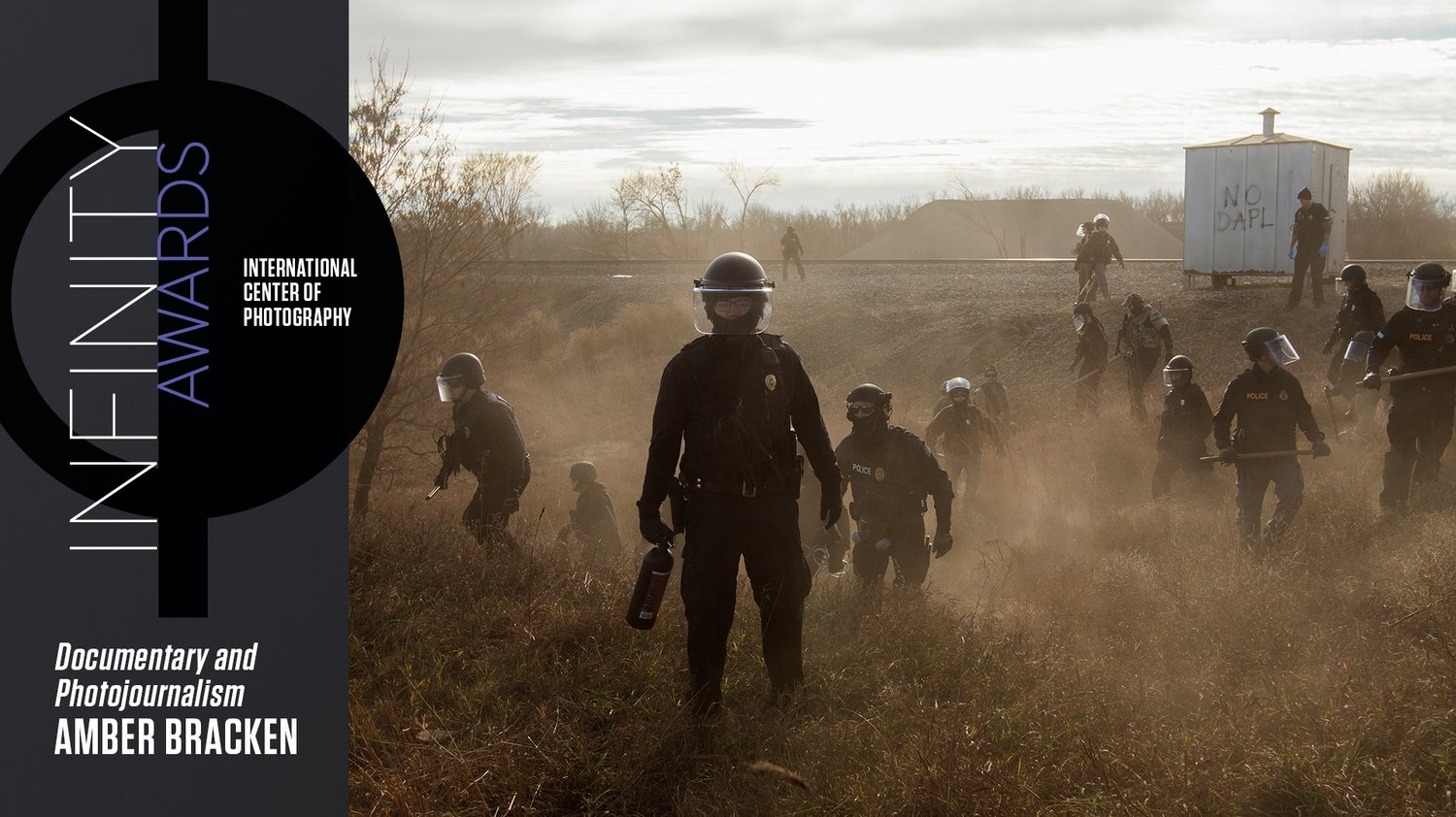
Photographer Amber Bracken recognized something deeper than a protest was afoot when hundreds of tribes gathered at the Standing Rock reservation in opposition to the Dakota Access Pipeline.
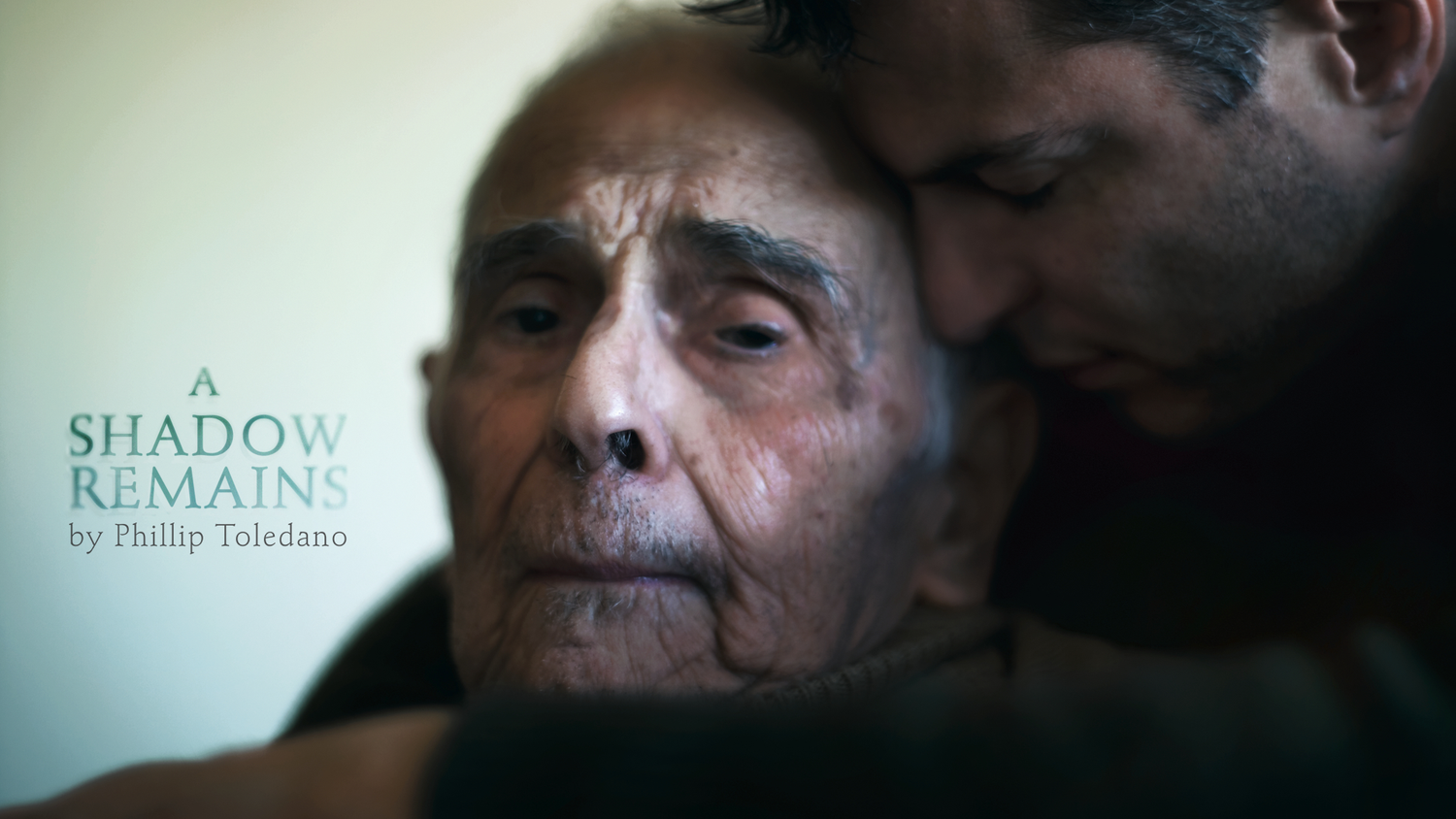
How does the death of a child change a parent? How does the death of a parent change a child? How do these moments change us as we develop and grow further away from who we were as children?
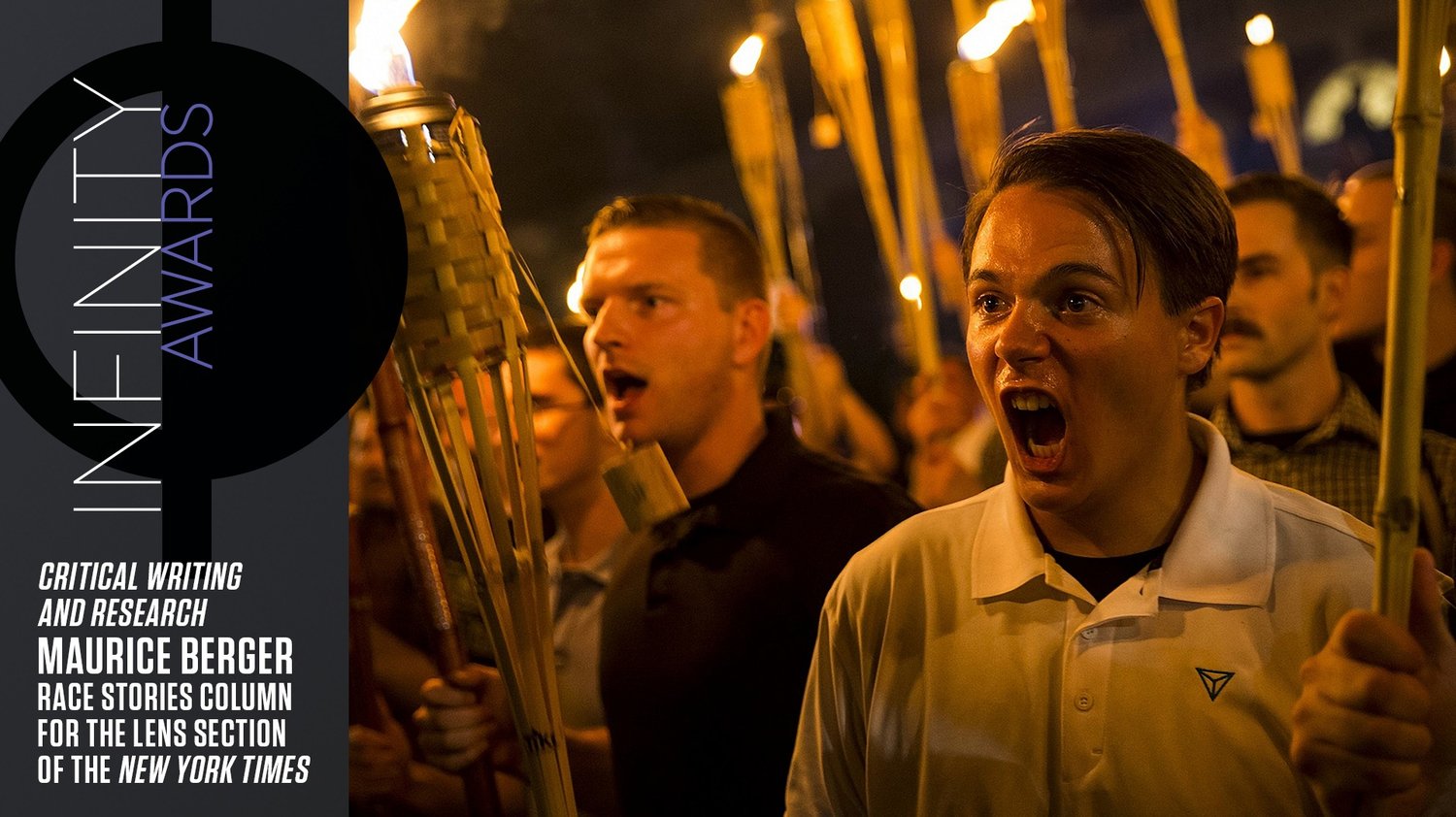
Maurice Berger–cultural historian, and columnist for the New York Times’ Race Stories–has spent his career studying and teaching racial literacy through visual literacy.
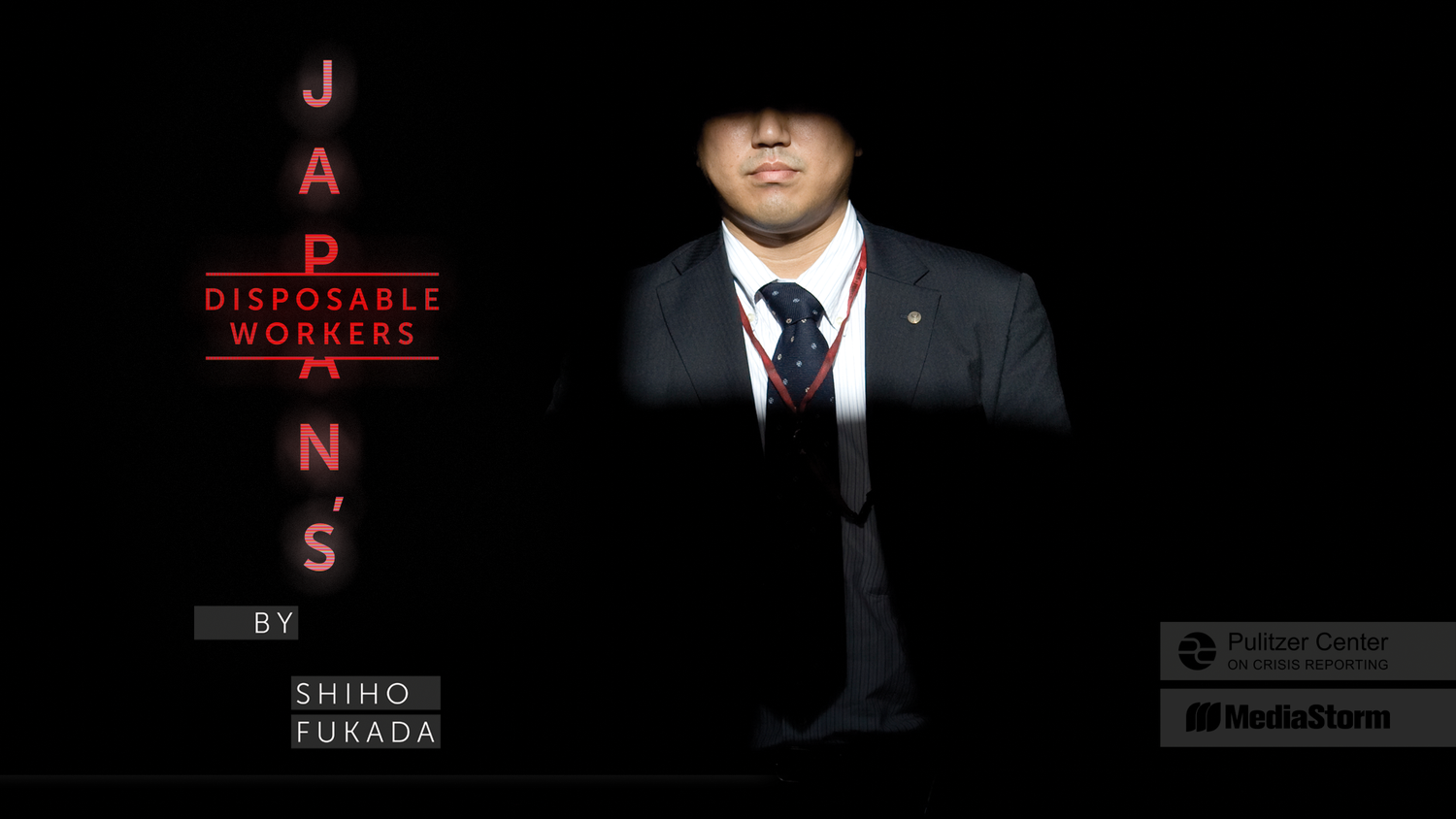
Japan’s Disposable Workers examines the country’s employment crisis: from suicide caused by overworking, to temporary workers forced by economics to live in internet cafes, and the elderly who wander a town in search of shelter and food.

Karl Ove Knausgaard is the celebrated author of a massive six-volume autobiography. But Knausgaard remains confused by the attention. This is a portrait of a man who has achieved massive success yet still considers himself unworthy.
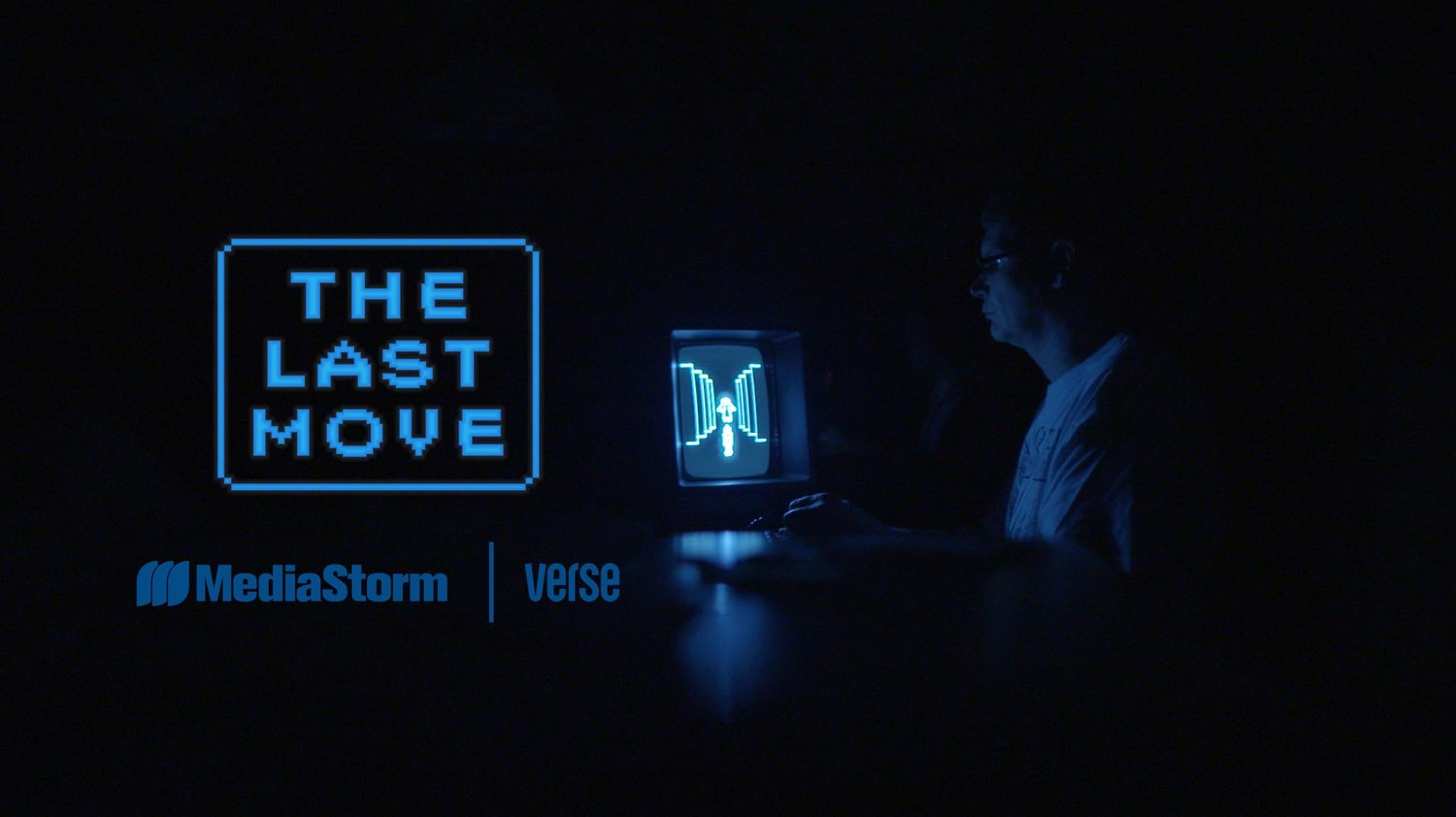
Michael Thomasson has devoted his life to video games. It’s been his passion and his obsession for more than three decades. He owns over 11,000 unique game titles for more than 100 different systems.

A film about Michael Christopher Brown for the 2017 ICP Infinity Awards.
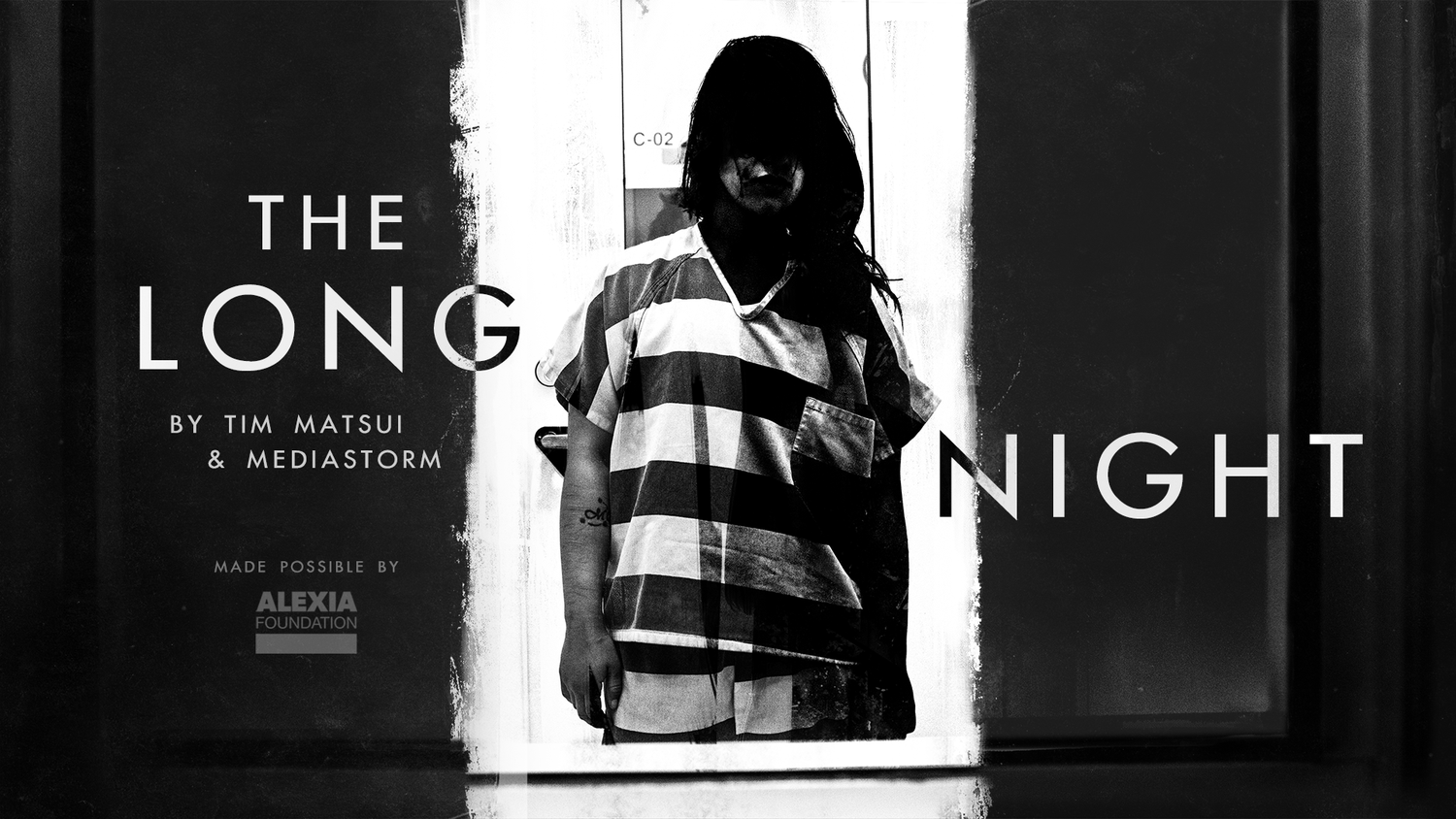
The Long Night, a feature film by Tim Matsui and MediaStorm, gives voice and meaning to the crisis of minors who are forced and coerced into the American sex trade.
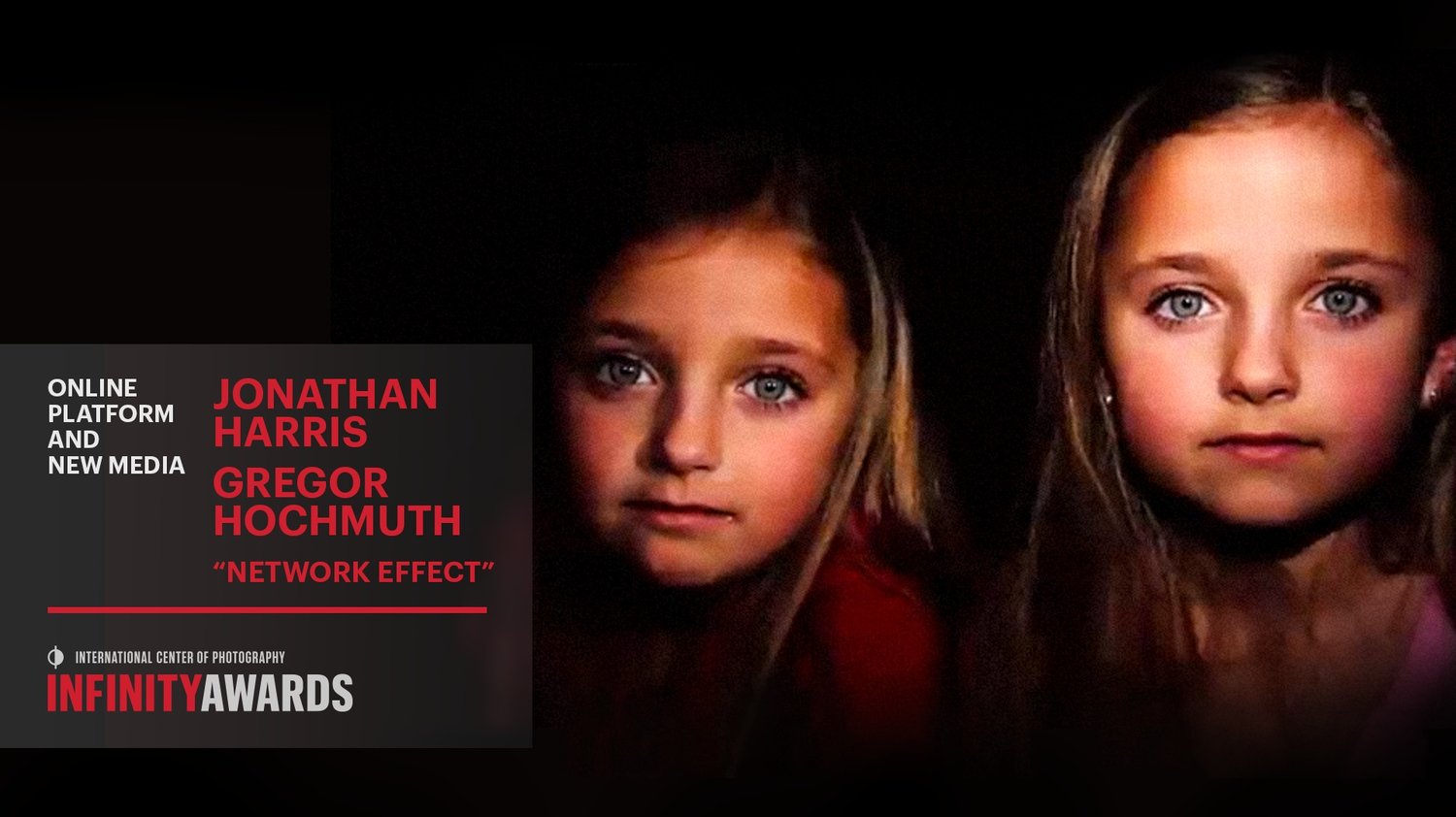
Jonathan Harris and Greg Hochmuth have a complicated relationship with the internet and have worked together to develop an artwork that explored some of the more difficult consequences of what it means to live with the internet.
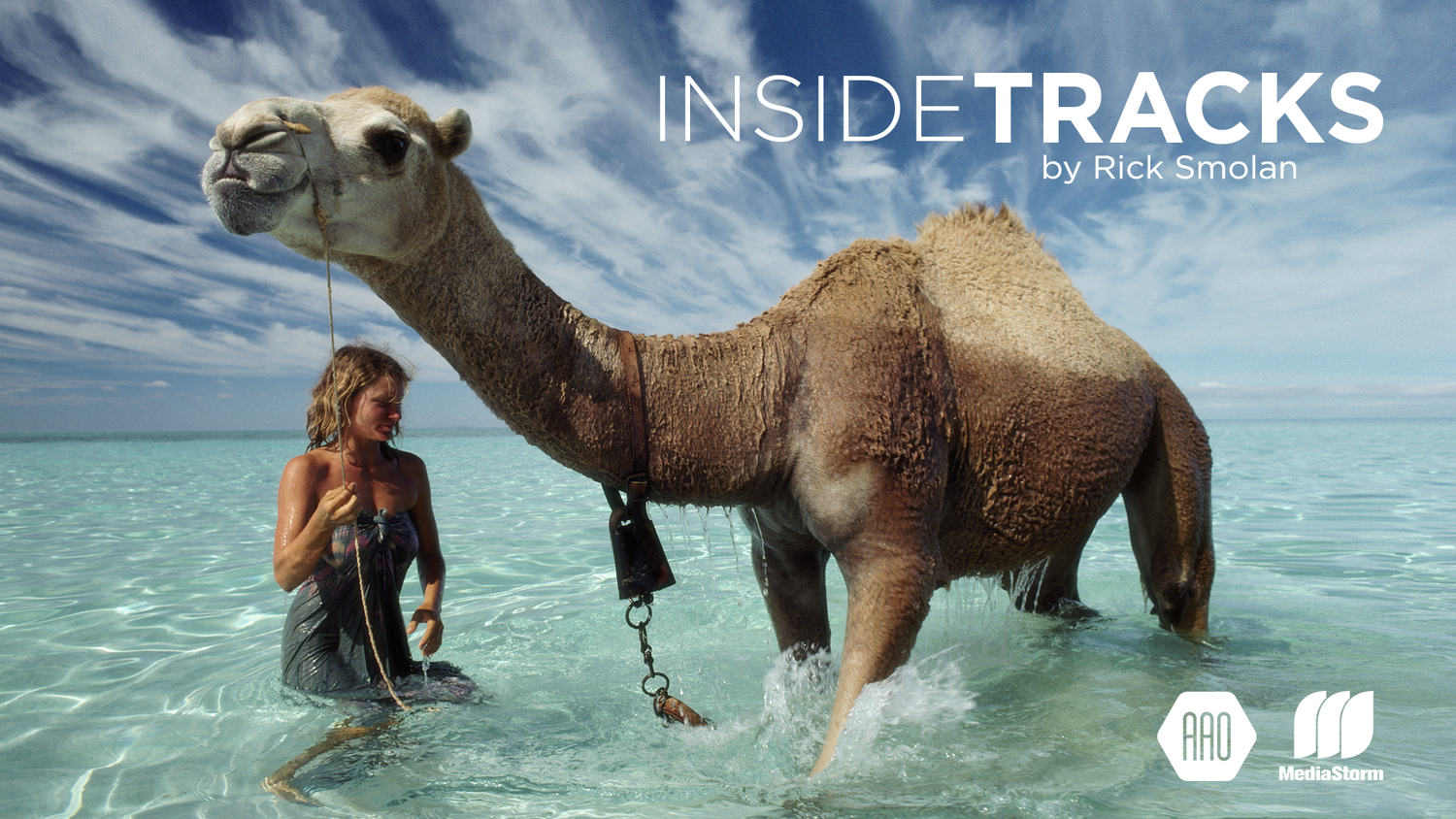
In 1977, Robyn Davidson walked 1,700 miles across the Australian outback. National Geographic sent Rick Smolan to photograph her perilous journey—a trek that tested and transformed them, forming an immutable bond that continues to this day.
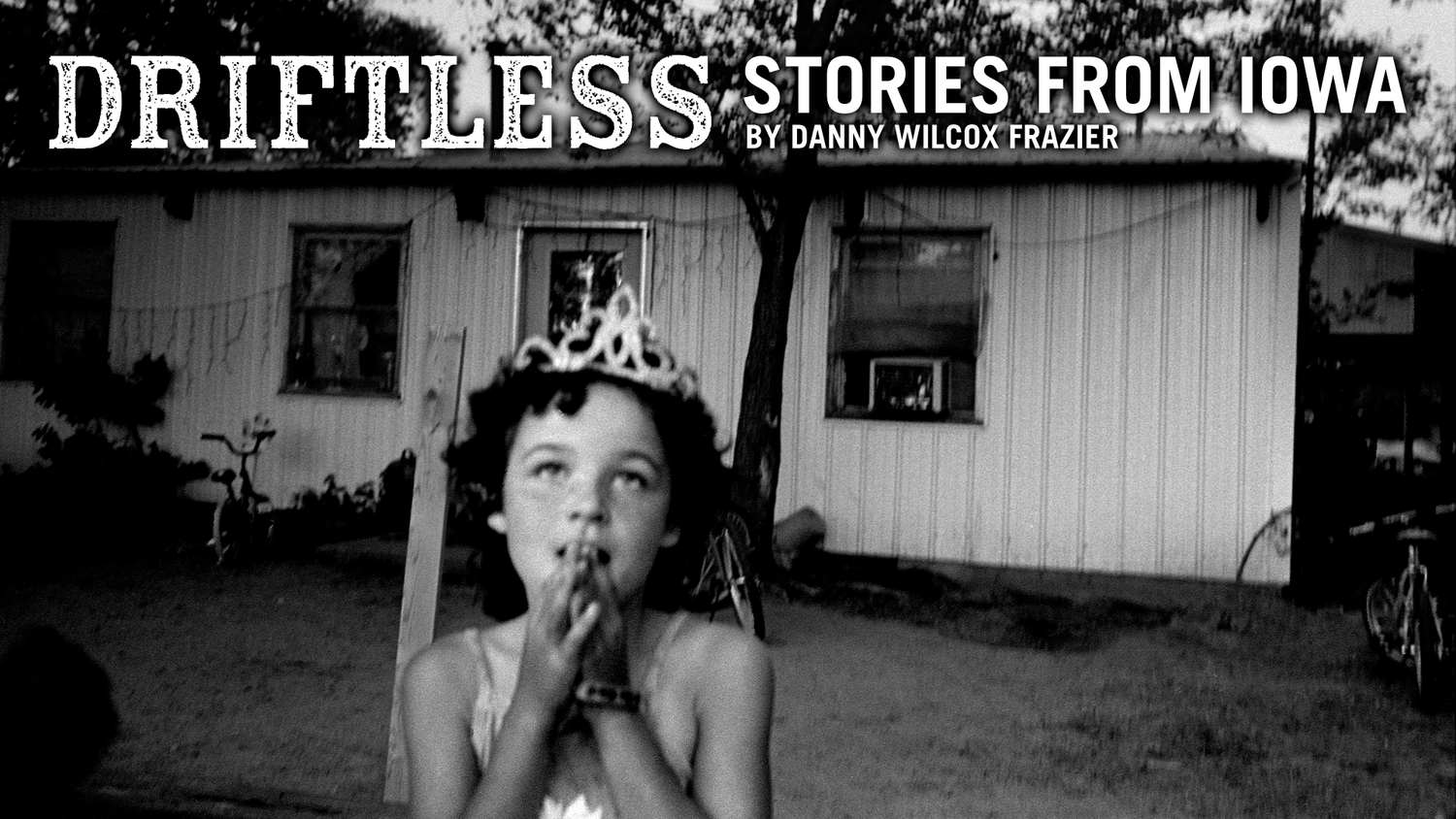
Once at the center of the U.S. economy, the family farm now drifts at its edges. In Iowa, old-time farmers try to hang on to their way of life, while their young push out to find their futures elsewhere. Driftless tells their stories.
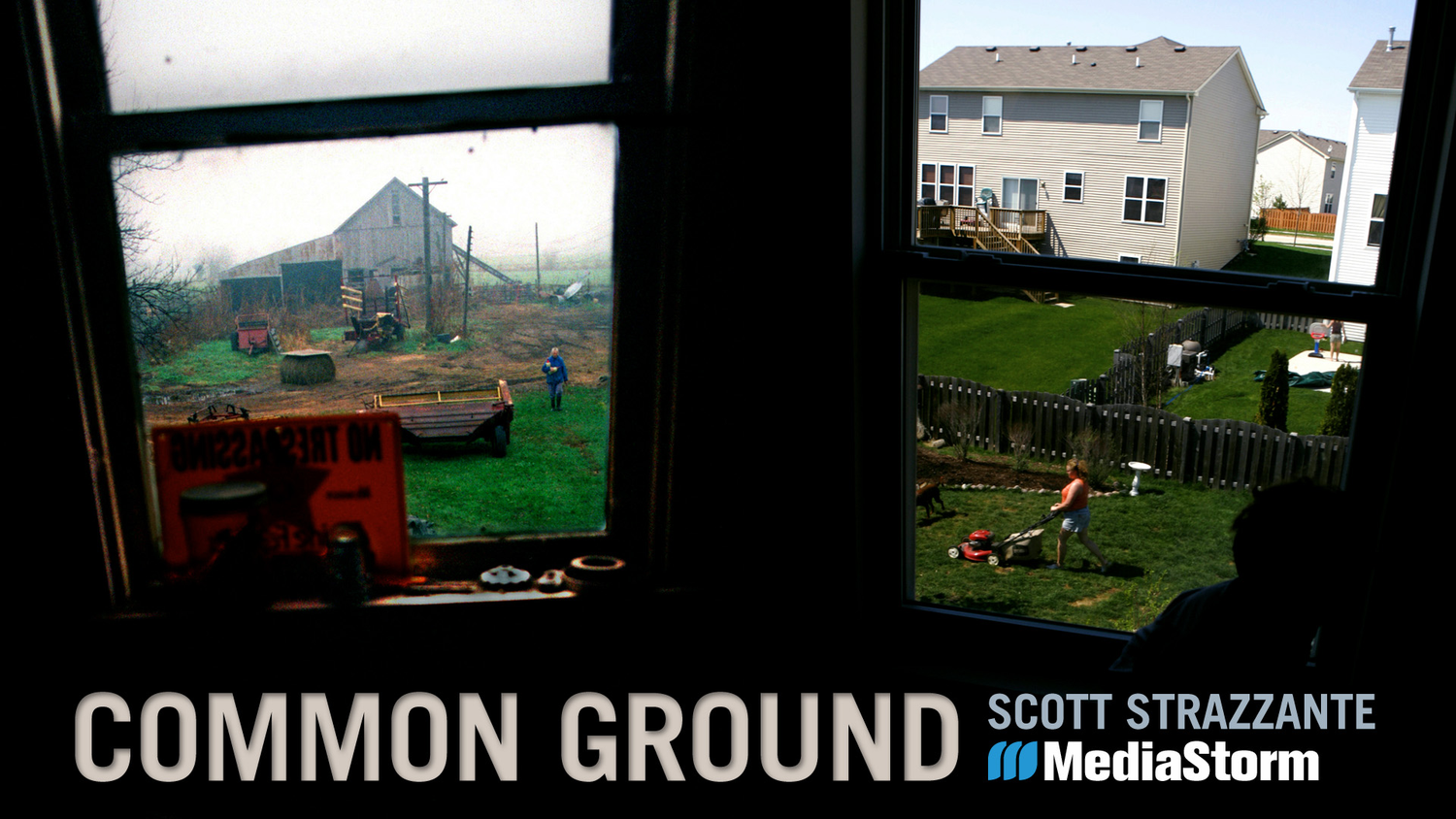
The American family farm gives way to a subdivision - a critical cultural shift across the U.S. Common Ground is a 27-year document of this transition, through the Cagwins and the Grabenhofers, two families who love the same plot of land.
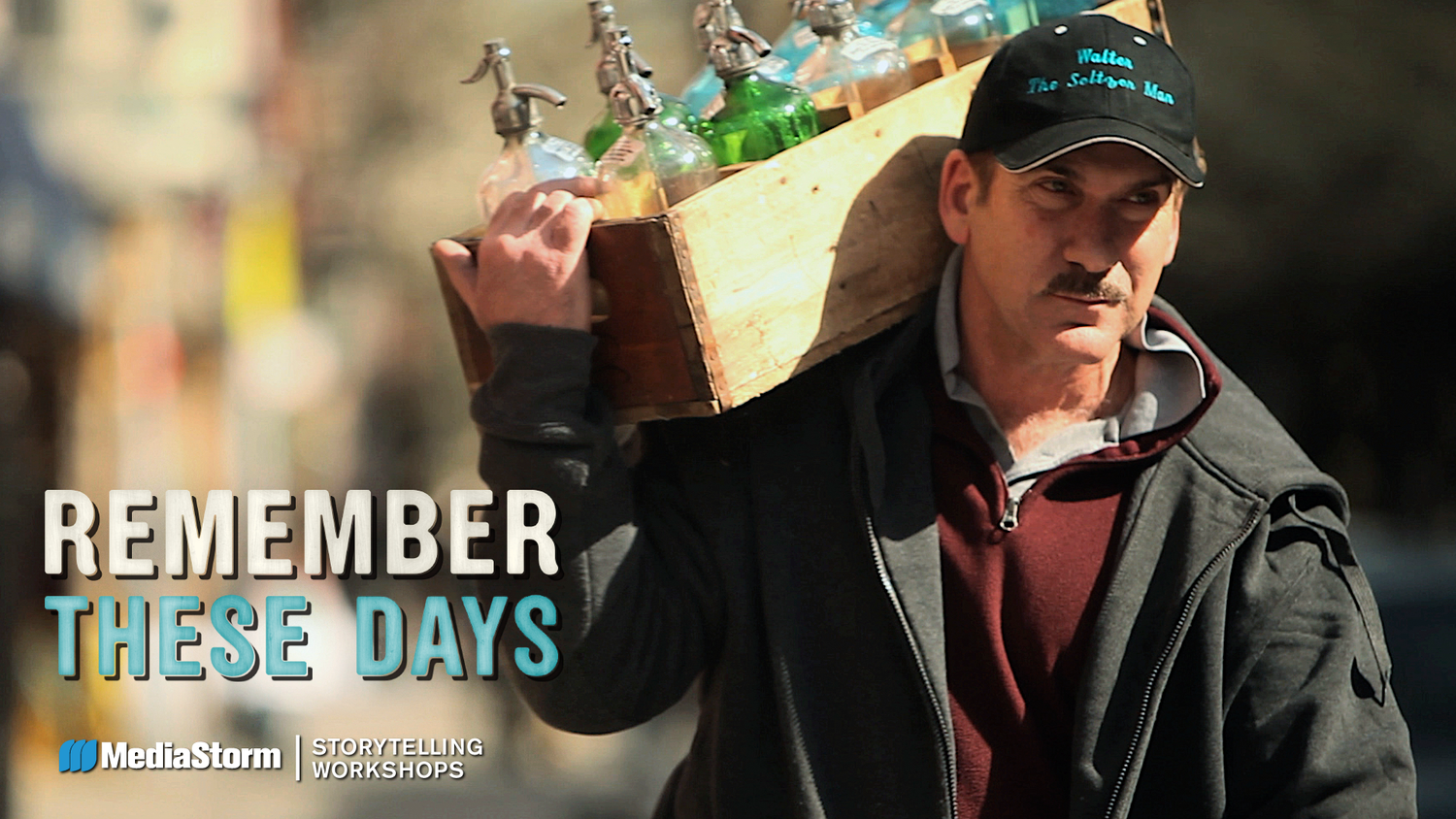
For Walter Backerman, seltzer is more than a drink. It’s the embodiment of his family. As a third generation seltzer man, he follows the same route as his grandfather. But after 90 years of business, Walter may be the last seltzer man.
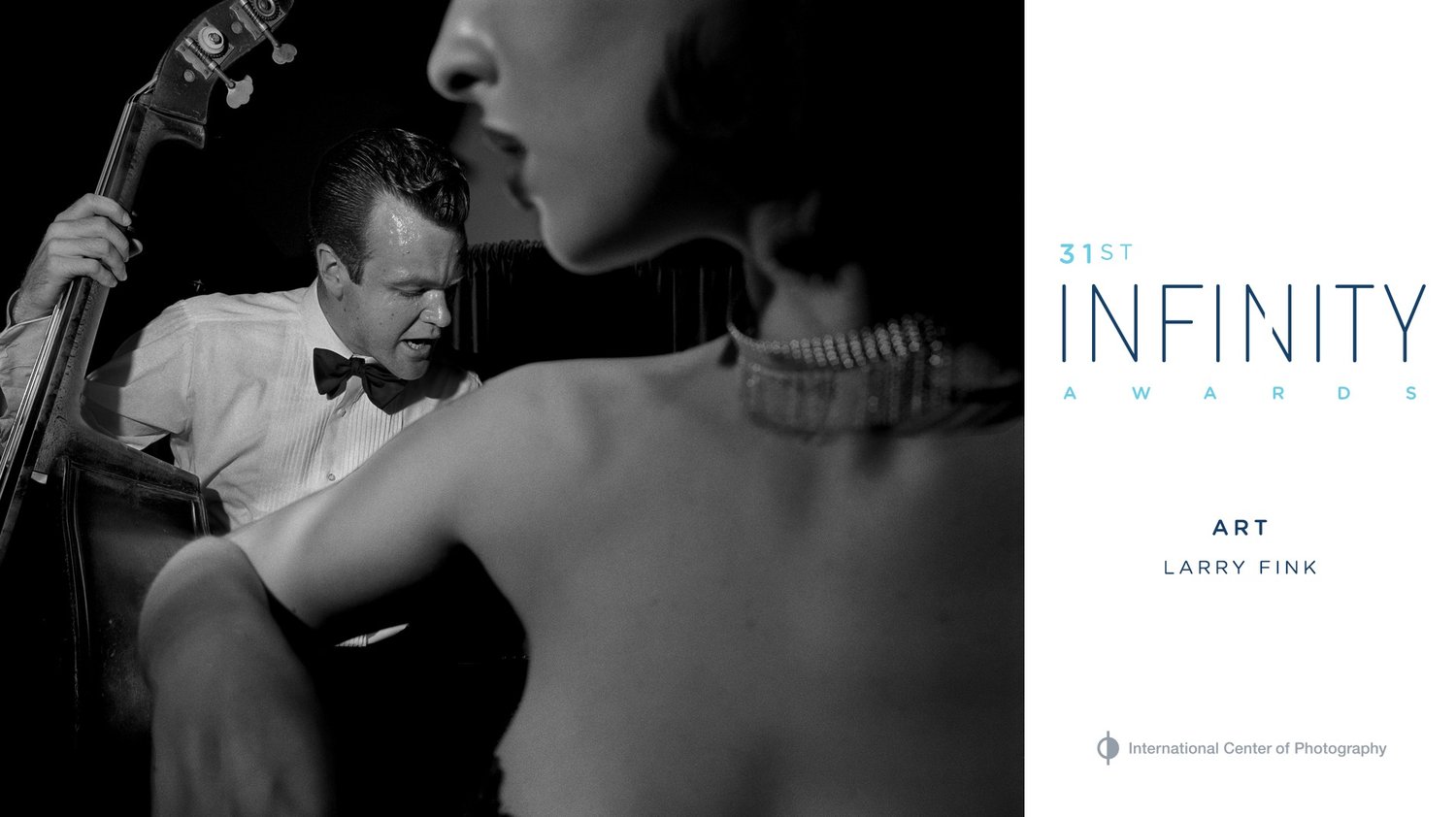
Larry Fink has spent over 40 years photographing jazz musicians, wealthy manhattanites, his neighbors, fashion models, and the celebrity elite. His archive is a thoughtful collection of American history, and Fink’s experience of it.
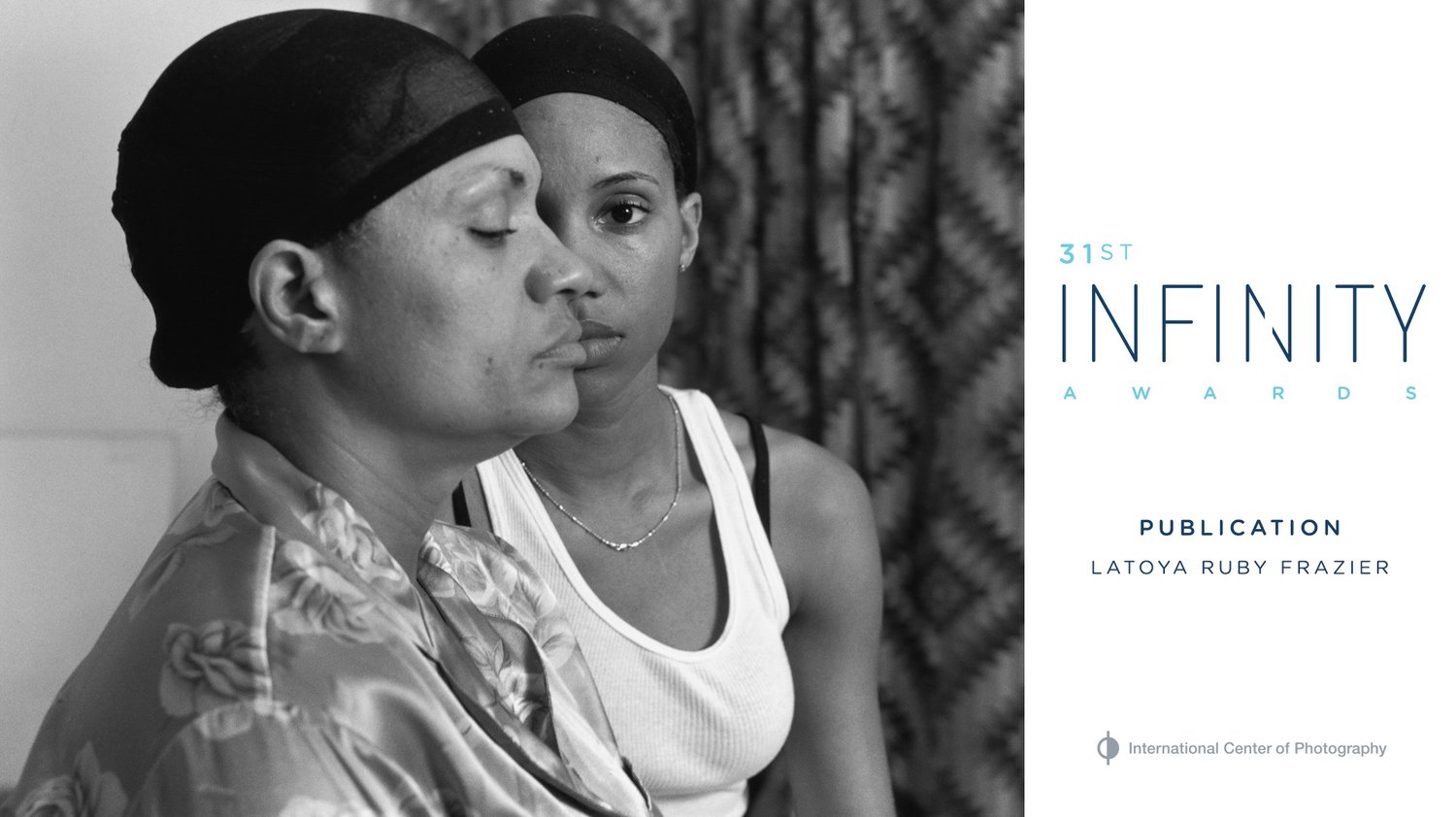
LaToya Ruby Frazier’s body of work “The Notion of Family” examines the impact of the steel industry and the health care system on the community and her family. Collaborating with her mother and grandmother, she uses her family as a lens to view the past, present and future of the town.
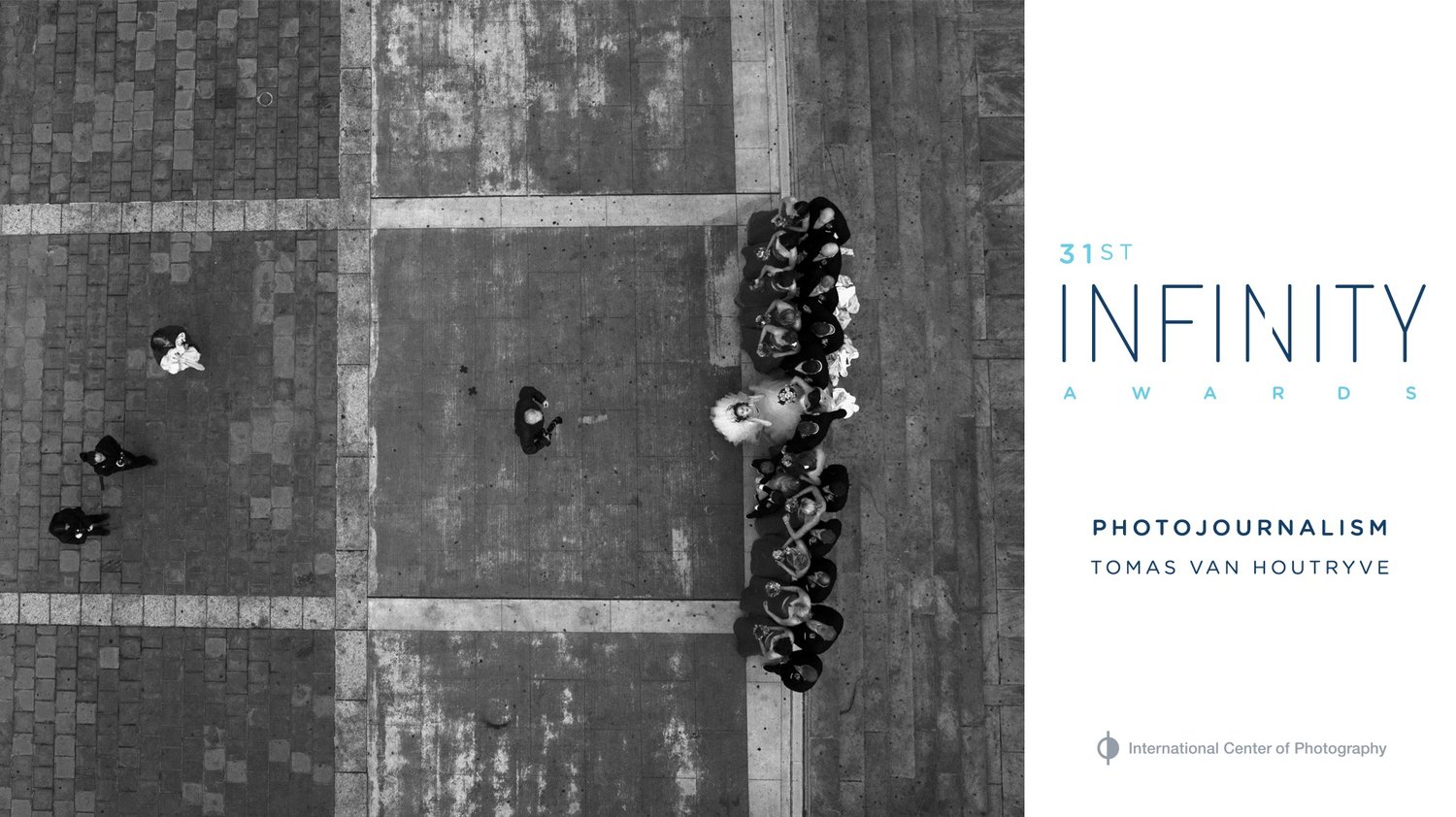
Tomas Van Houtryve wants there to be a permanent visual record of the dawn of the drone age, the period in American history when America started outsourcing their military to flying robots. In order to create this record, Van Houtryve sent his own drone into American skies.
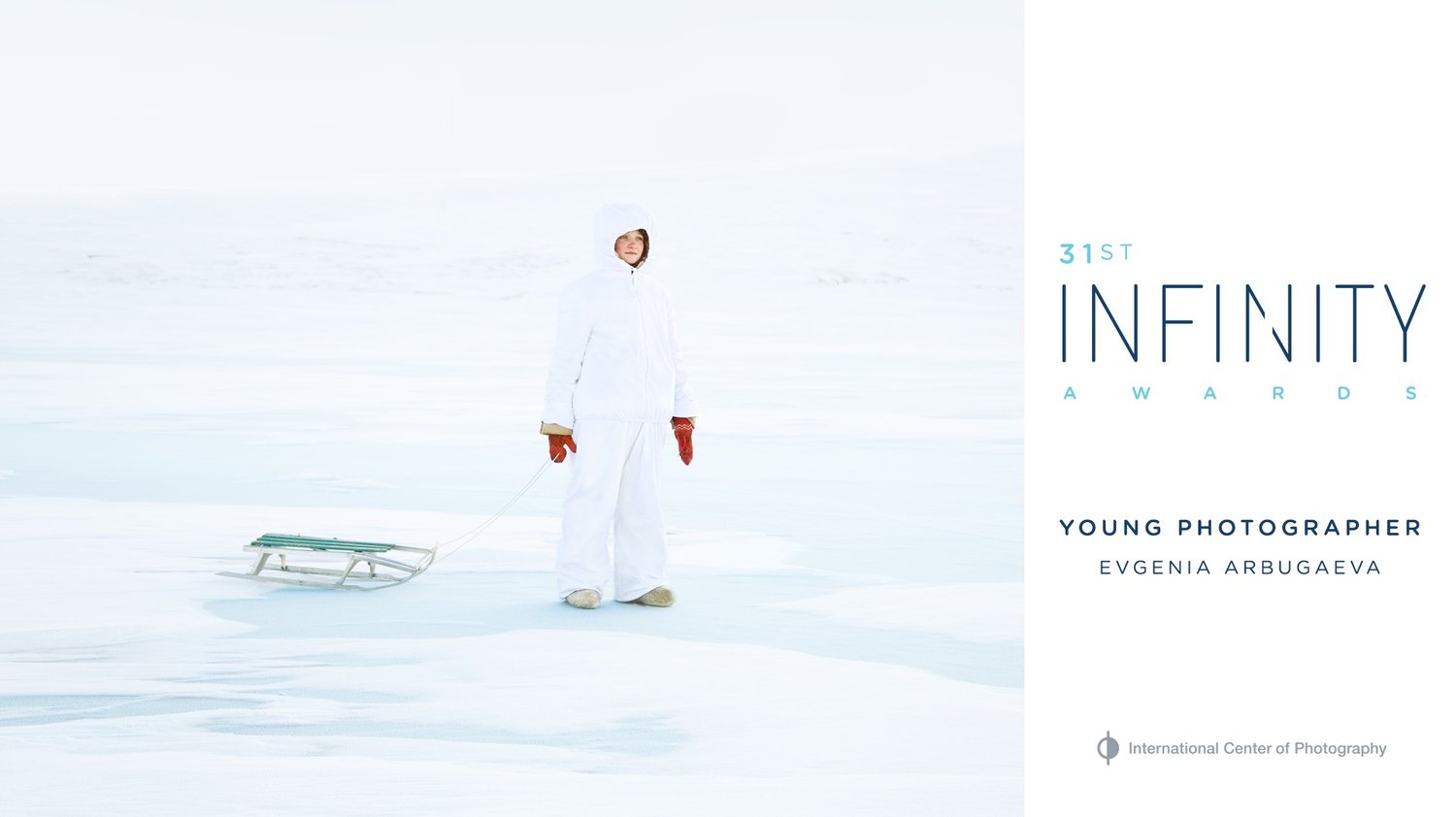
Evgenia Arbugaeva was born in the magical town of Tiksi, Russia. This barren, arctic landscape influenced Arbugaeva in almost every aspect of her dreamlike photography.
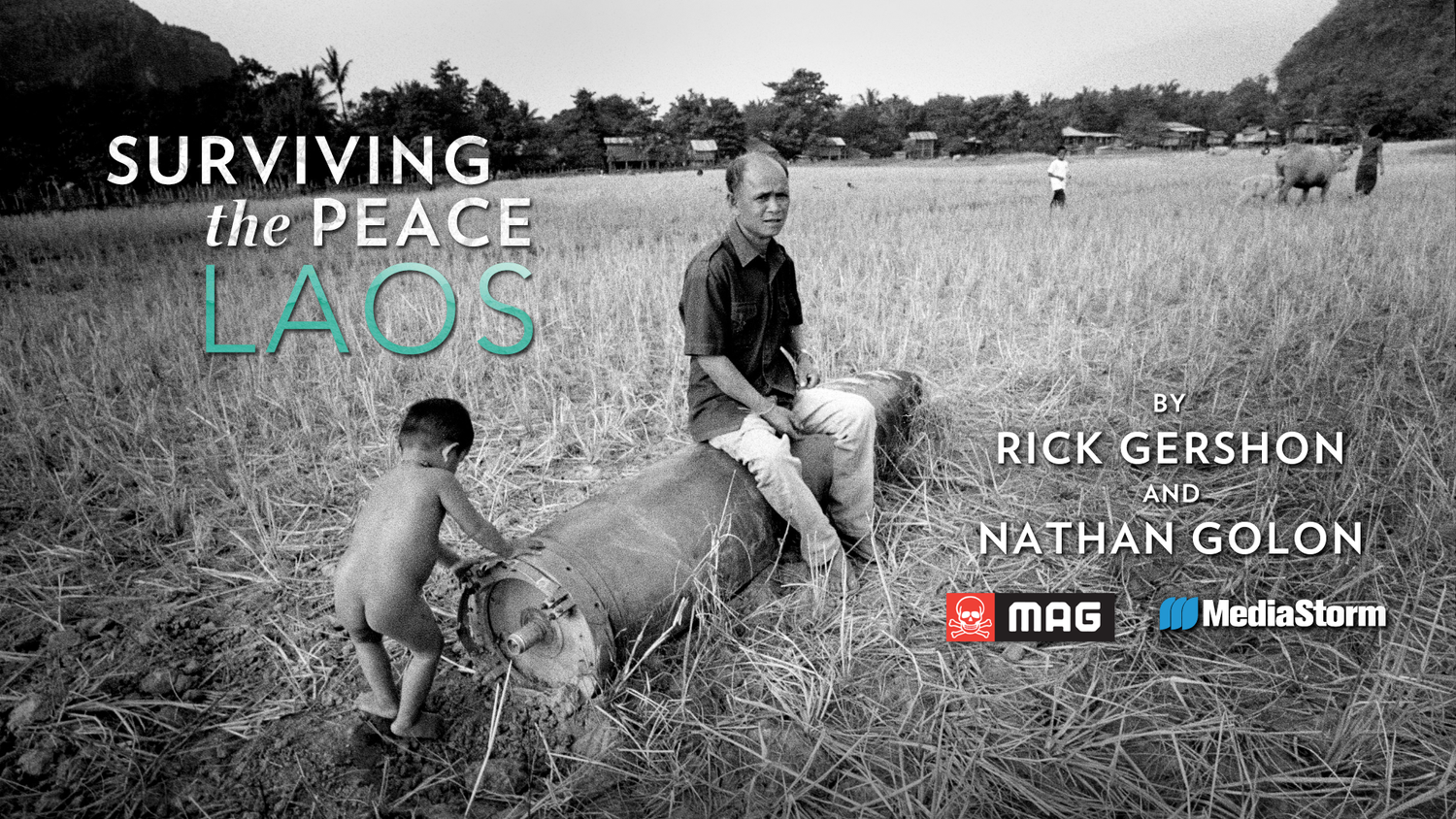
Surviving the Peace: Laos takes an intimate look at the impact of unexploded bombs left over from the Vietnam war in Laos and profiles the dangerous, yet life saving work, that MAG has undertaken in the country.
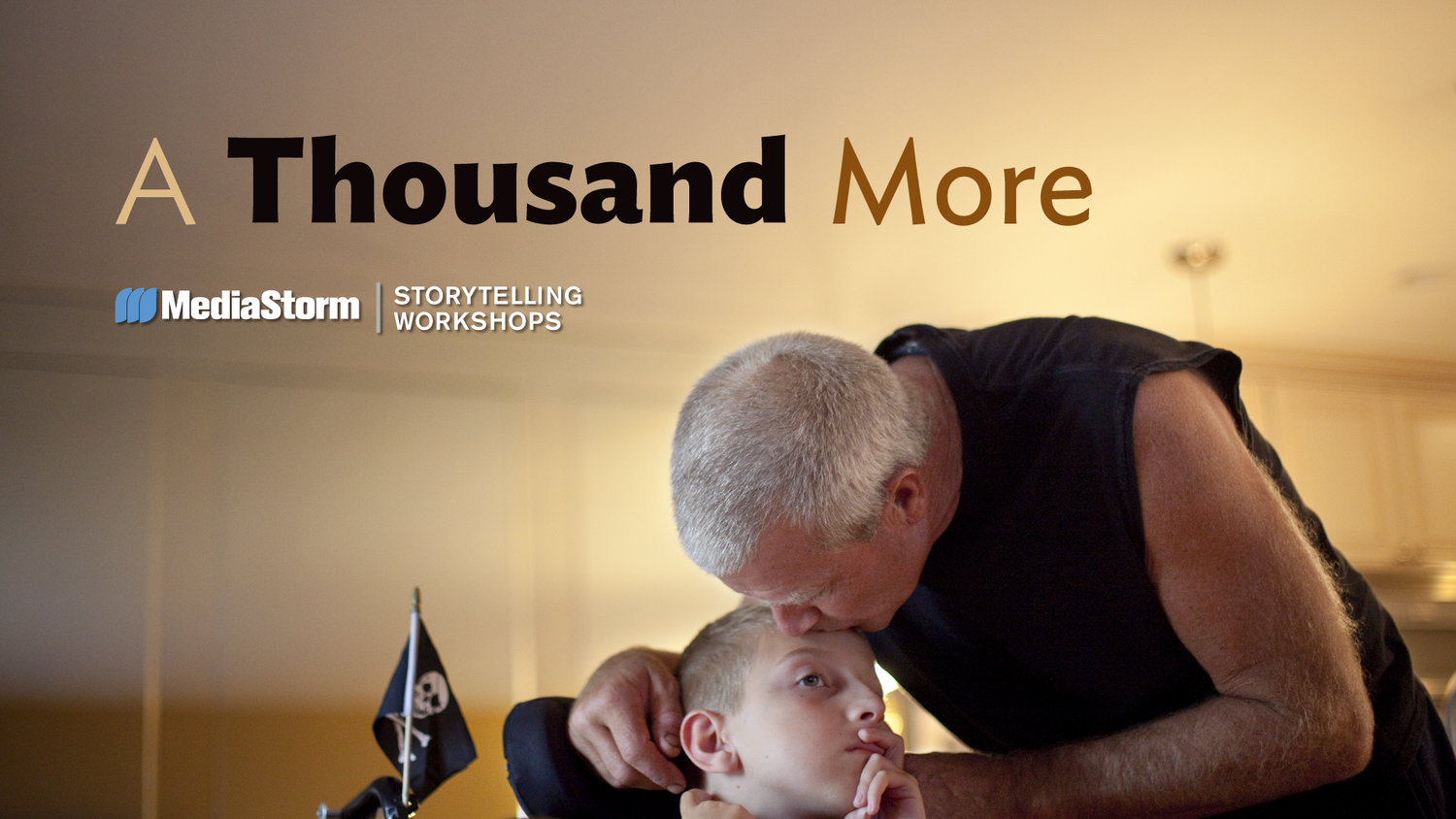
A family is determined to give their disabled son a whole and vital life. In the midst of a great burden, one small child – with a seemingly endless supply of love – is the blessing that holds a family together.

Inspired by the photographs of the Farm Security Administration growing up, Lynn Johnson has spent nearly 35 years as a photojournalist working for LIFE, National Geographic, Sports Illustrated and various foundations.
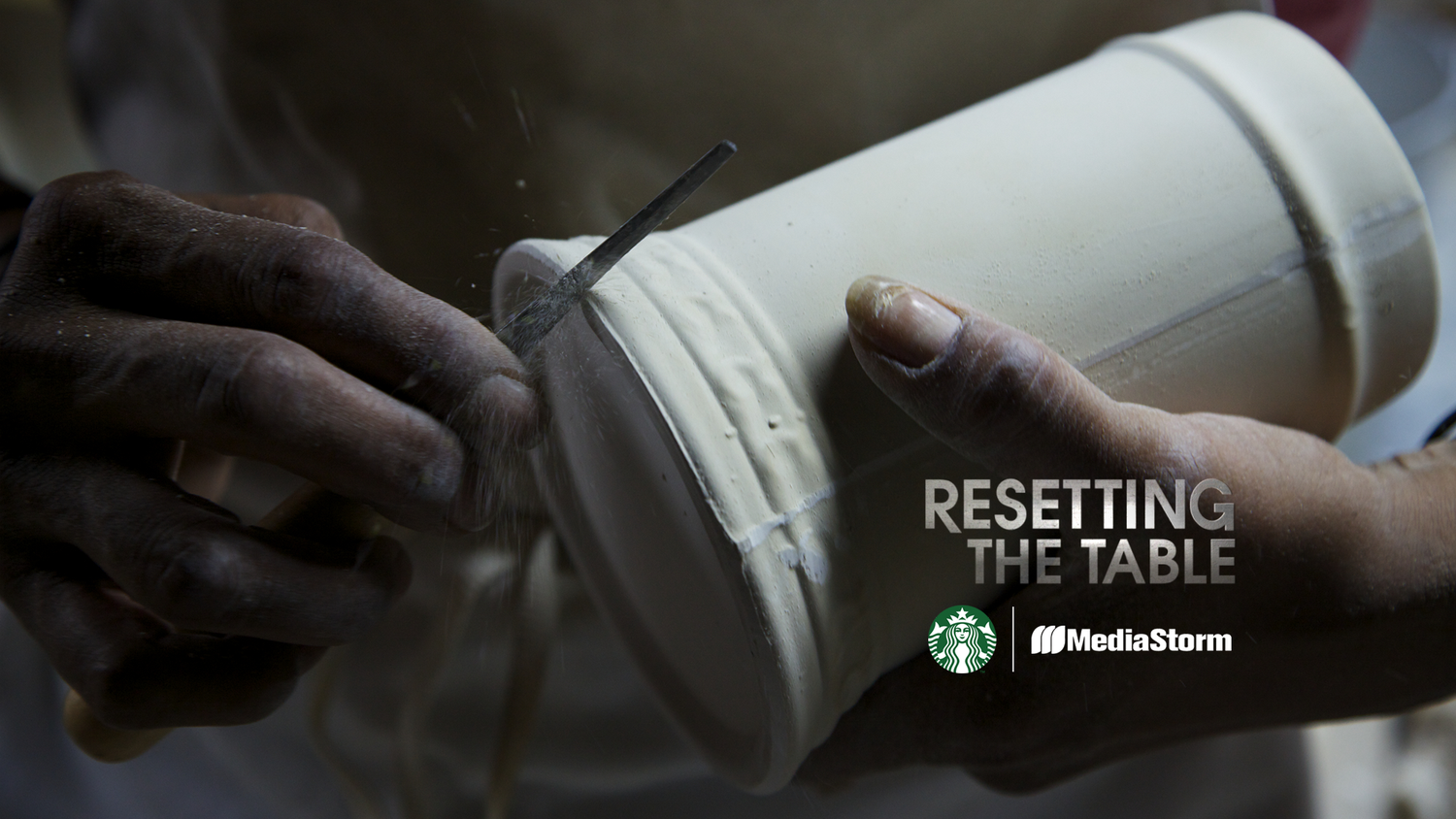
Resetting the Table takes a unique, personal look at the impact Starbucks’ Create Jobs for USA program has had on the American Mug & Stein pottery facility in East Liverpool, Ohio.
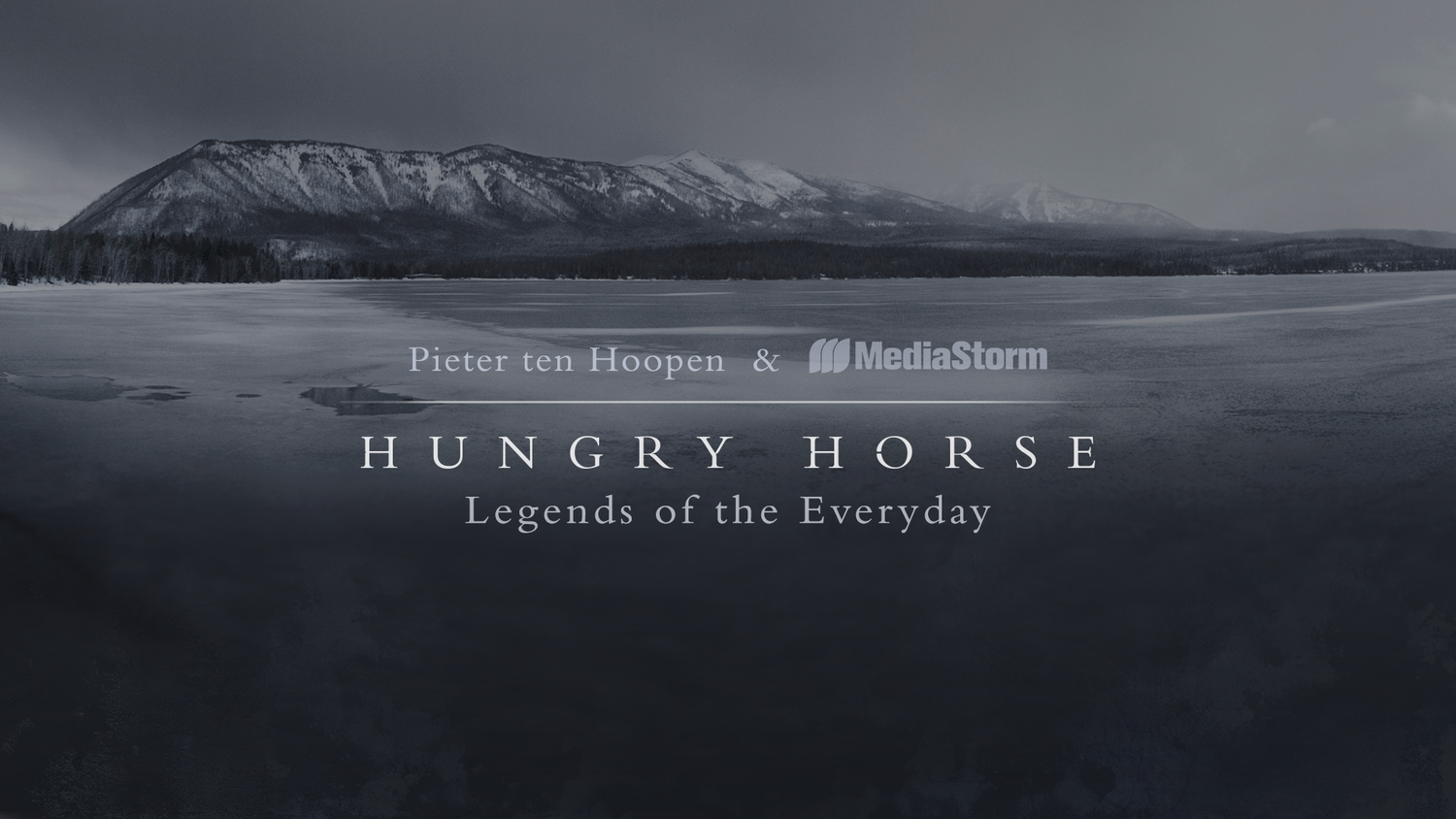
Hungry Horse captures the spirit of renewal, peace and serenity through stunning landscapes and intimate oral histories.
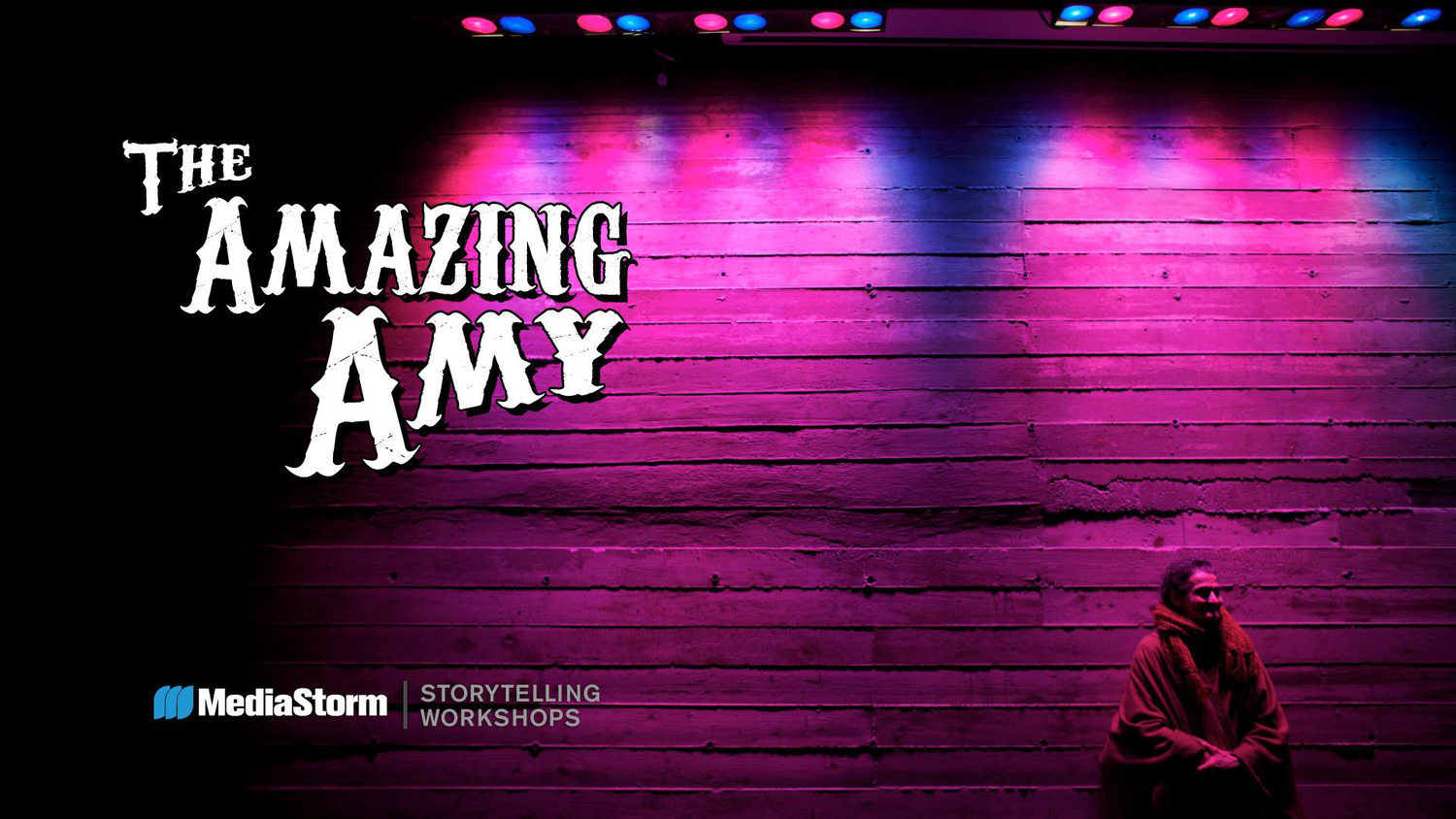
Using humor and a love of fantasy, "The Amazing Amy" Harlib connects with audiences through performing strenuous yoga-based contortion acts in New York City.
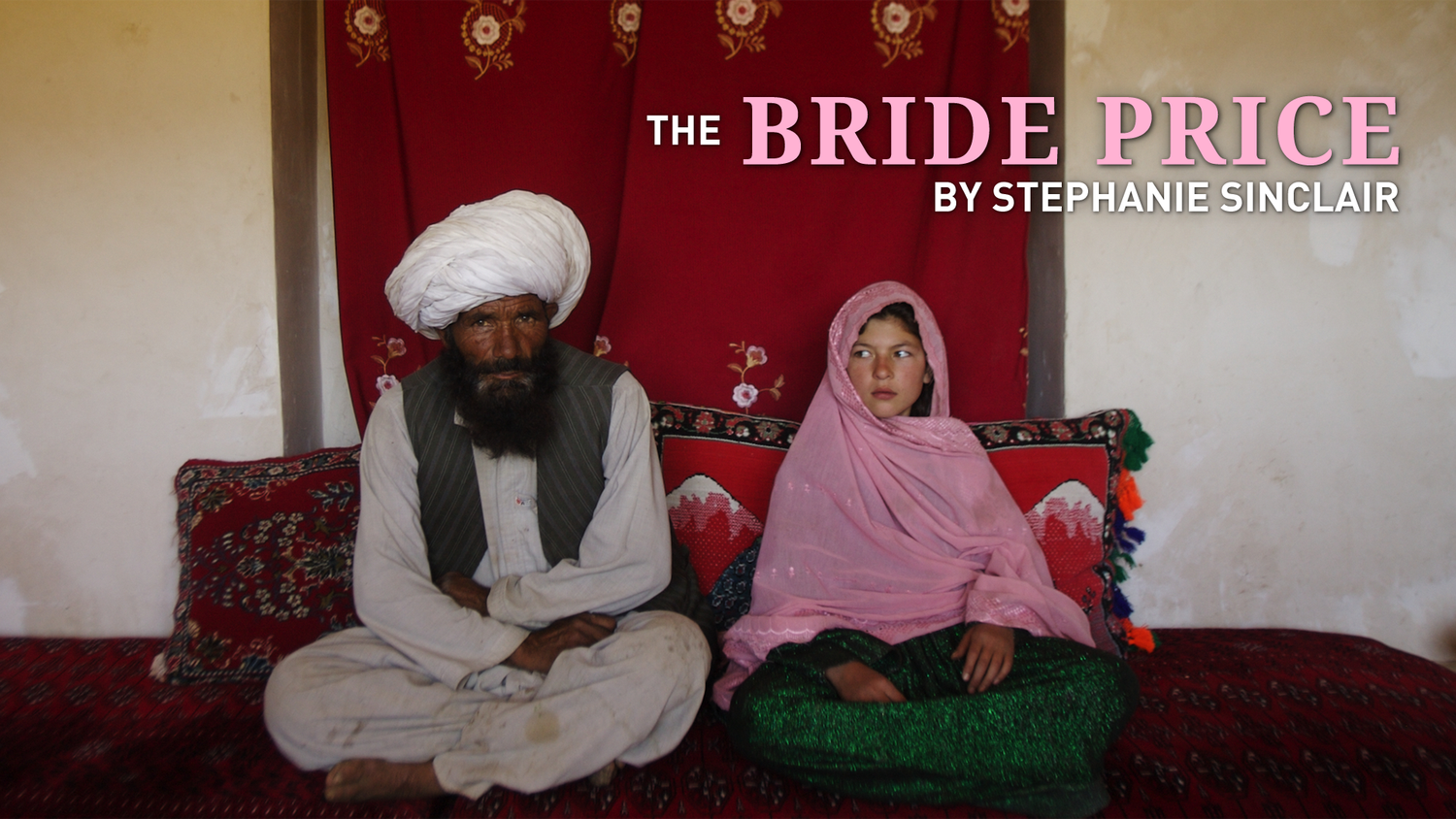
In many countries, girls as young as eight are forced into marriage by their families, culture and economic situation. This practice destroys their chance at education leading to tragic results.
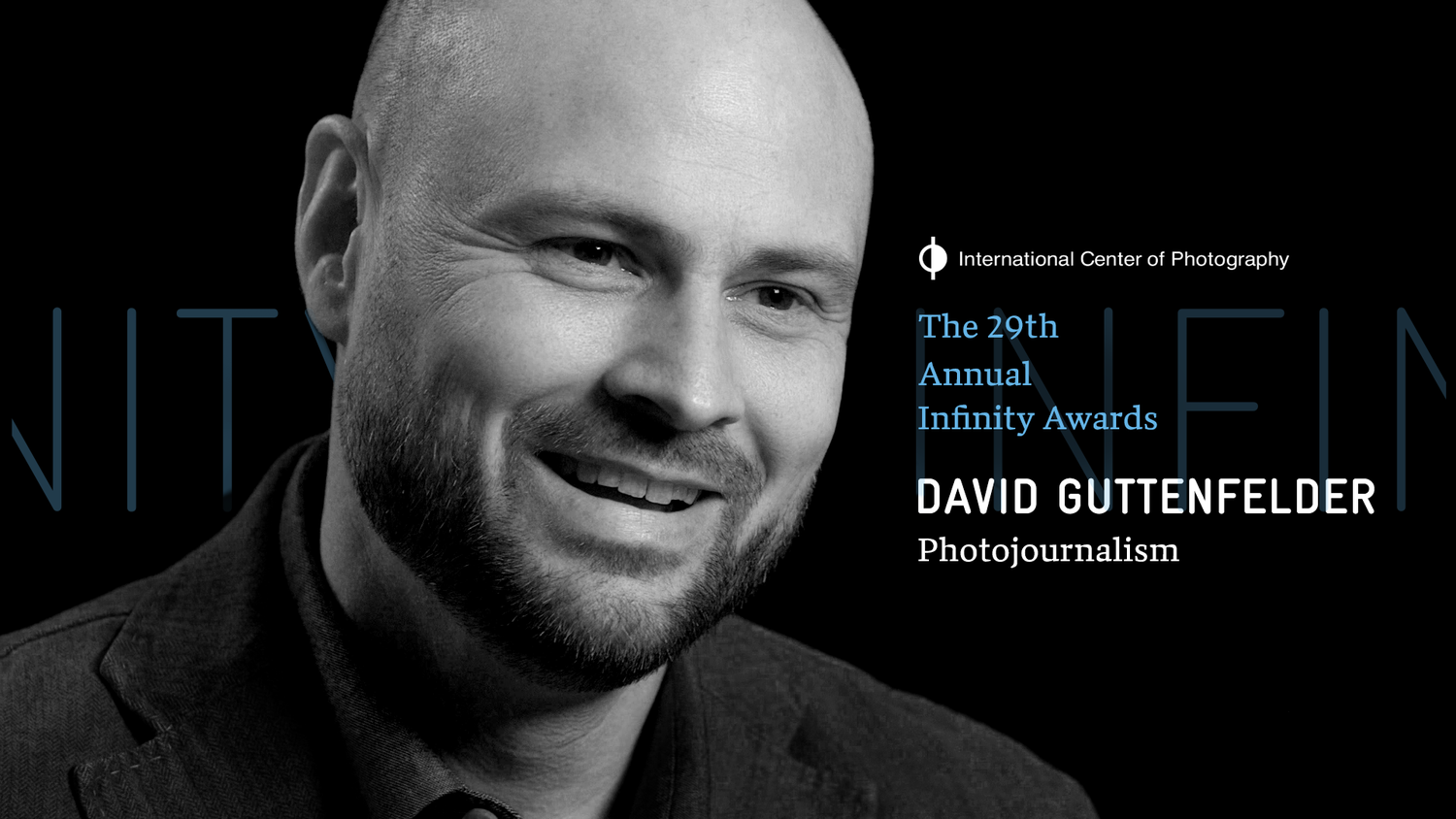
Surreal and mysterious, North Korea was a black hole to outsiders wanting a glimpse of the country. That all changed in 2012, when AP photographer David Guttenfelder led the opening of the bureau's newest office inside the North Korea.
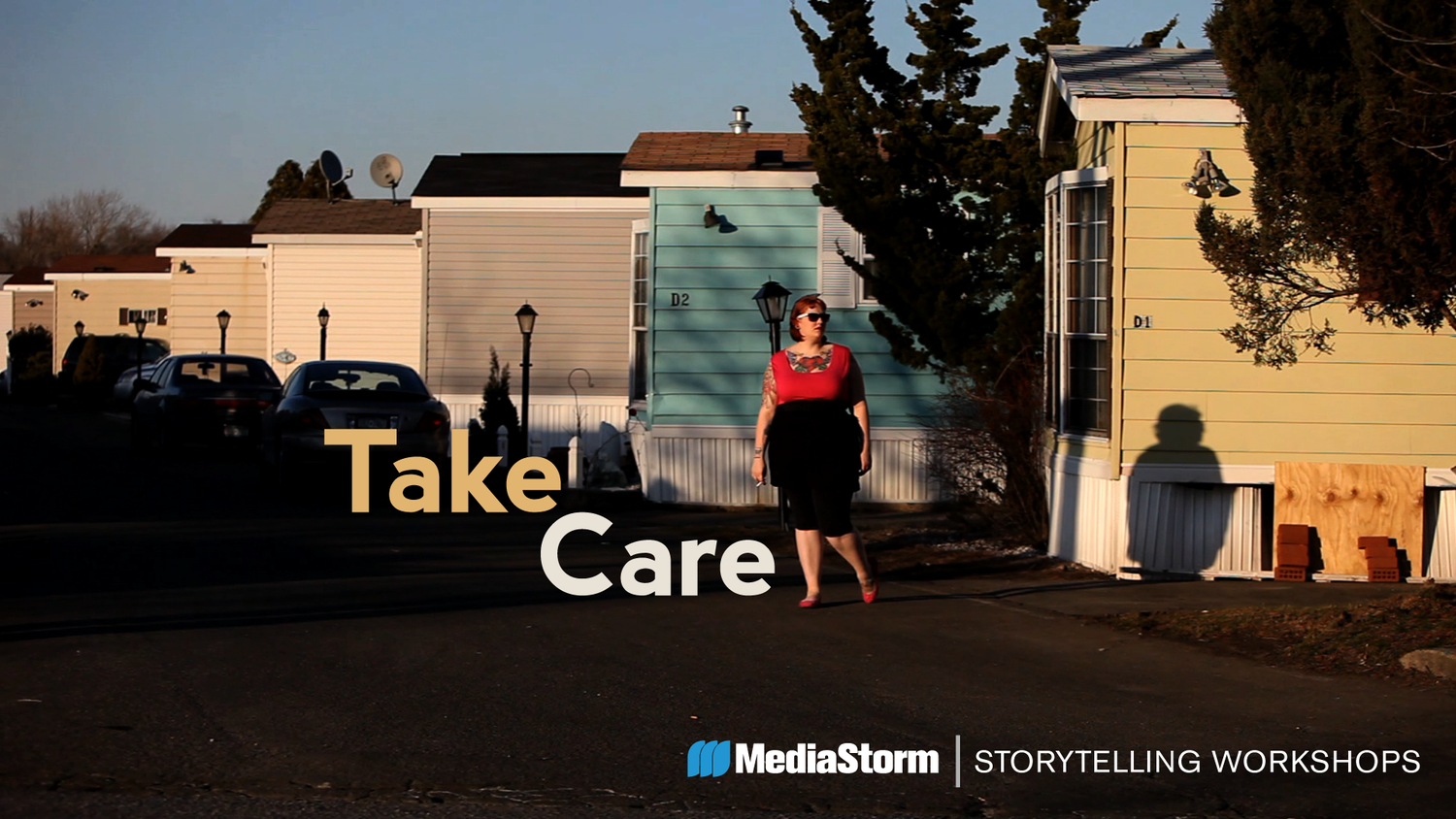
Virginia Gandee's brilliant red hair and dozen tattoos belie the reality of this 22-year-old's life. Inside her family's Staten Island trailer her caregiving goes far beyond the love she has for her daughter.
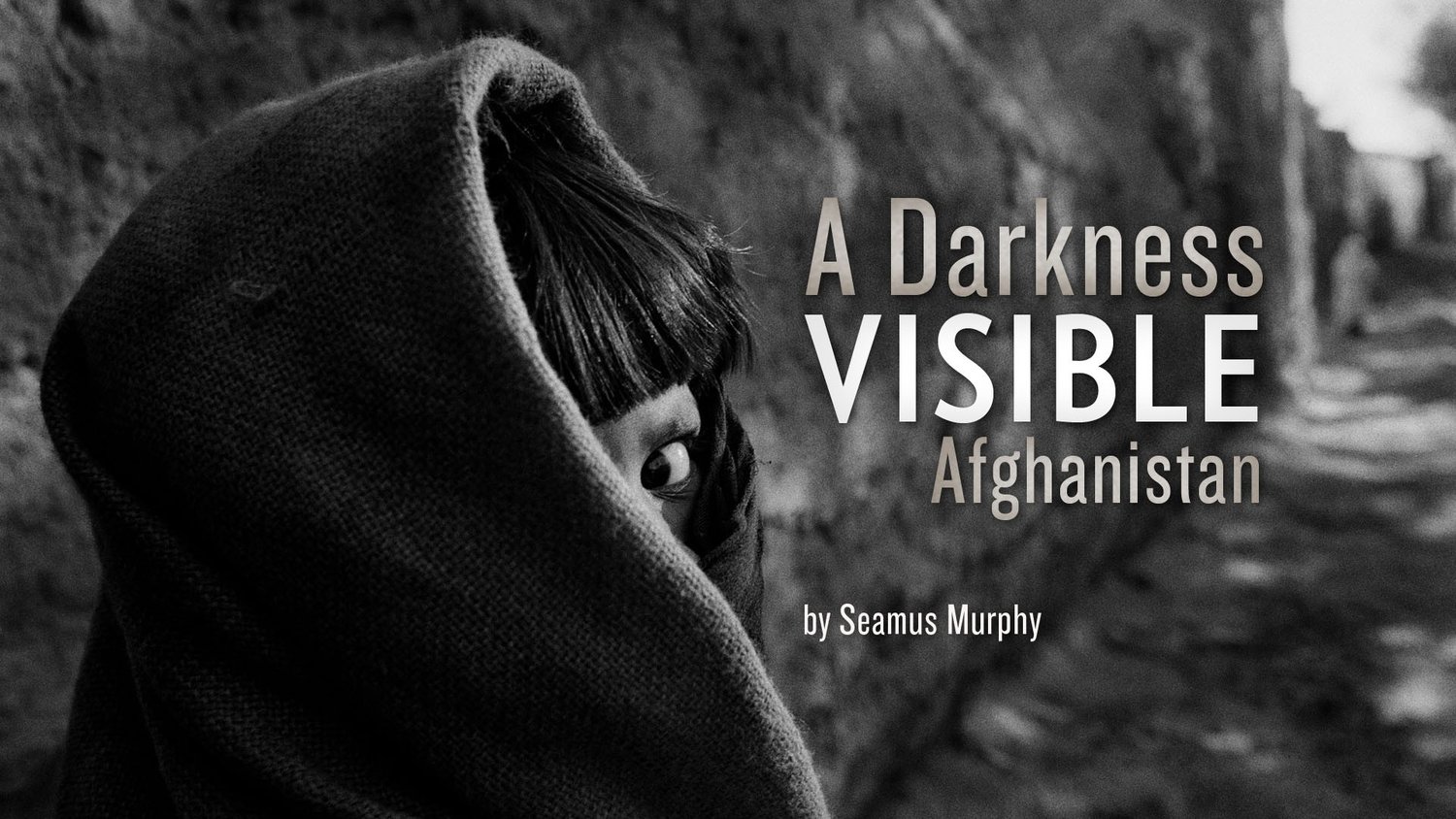
Based on 14 trips to Afghanistan between 1994 and 2010, A Darkness Visible: Afghanistan is the work of photojournalist Seamus Murphy. His work chronicles a people caught time and again in political turmoil, struggling to find their way.
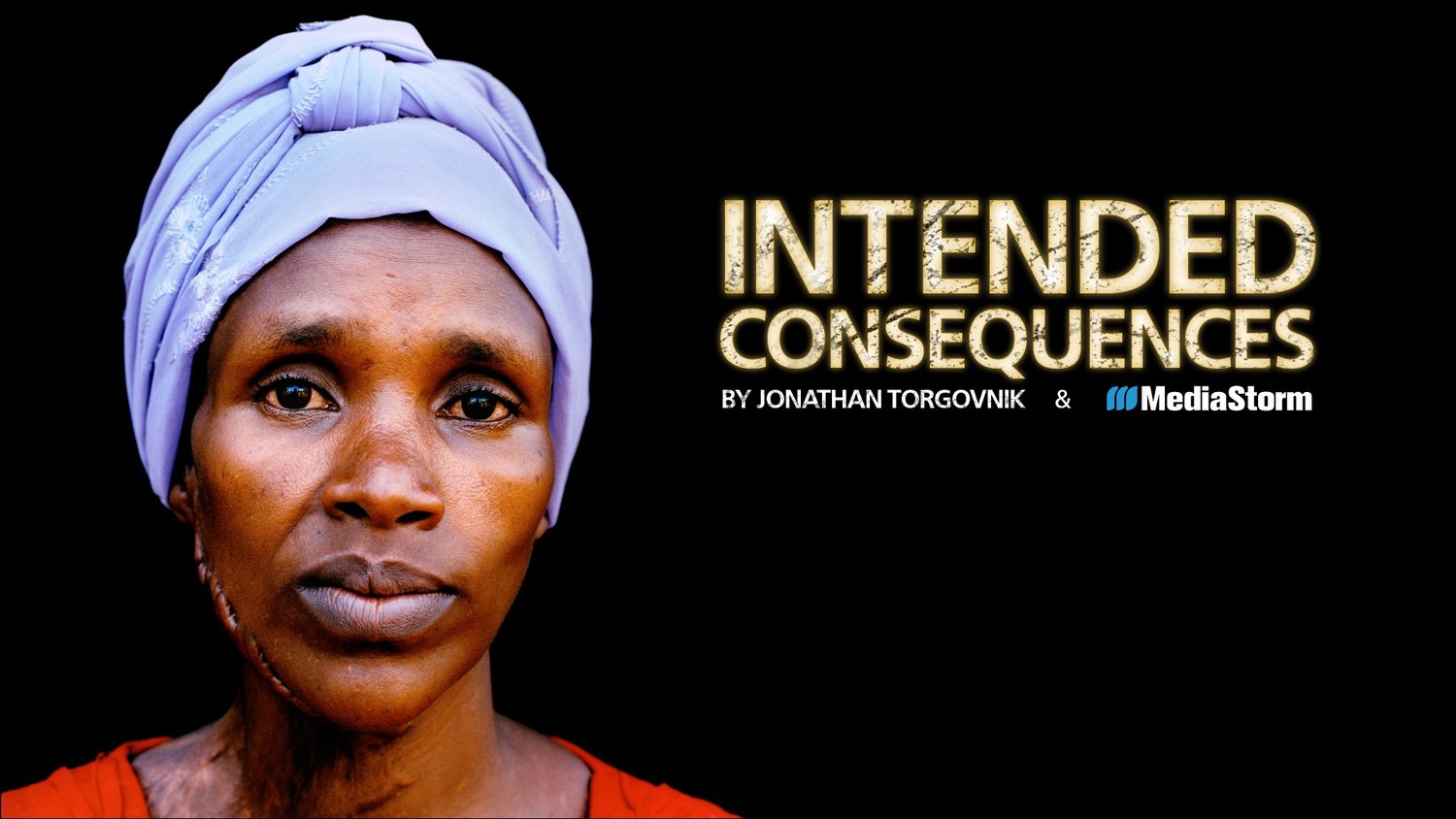
In Rwanda, in 1994, Hutu militia committed a bloody genocide, murdering one million Tutsis. Many of the Tutsi women were spared, only to be held captive and repeatedly raped. Many became pregnant. Intended Consequences tells their stories.
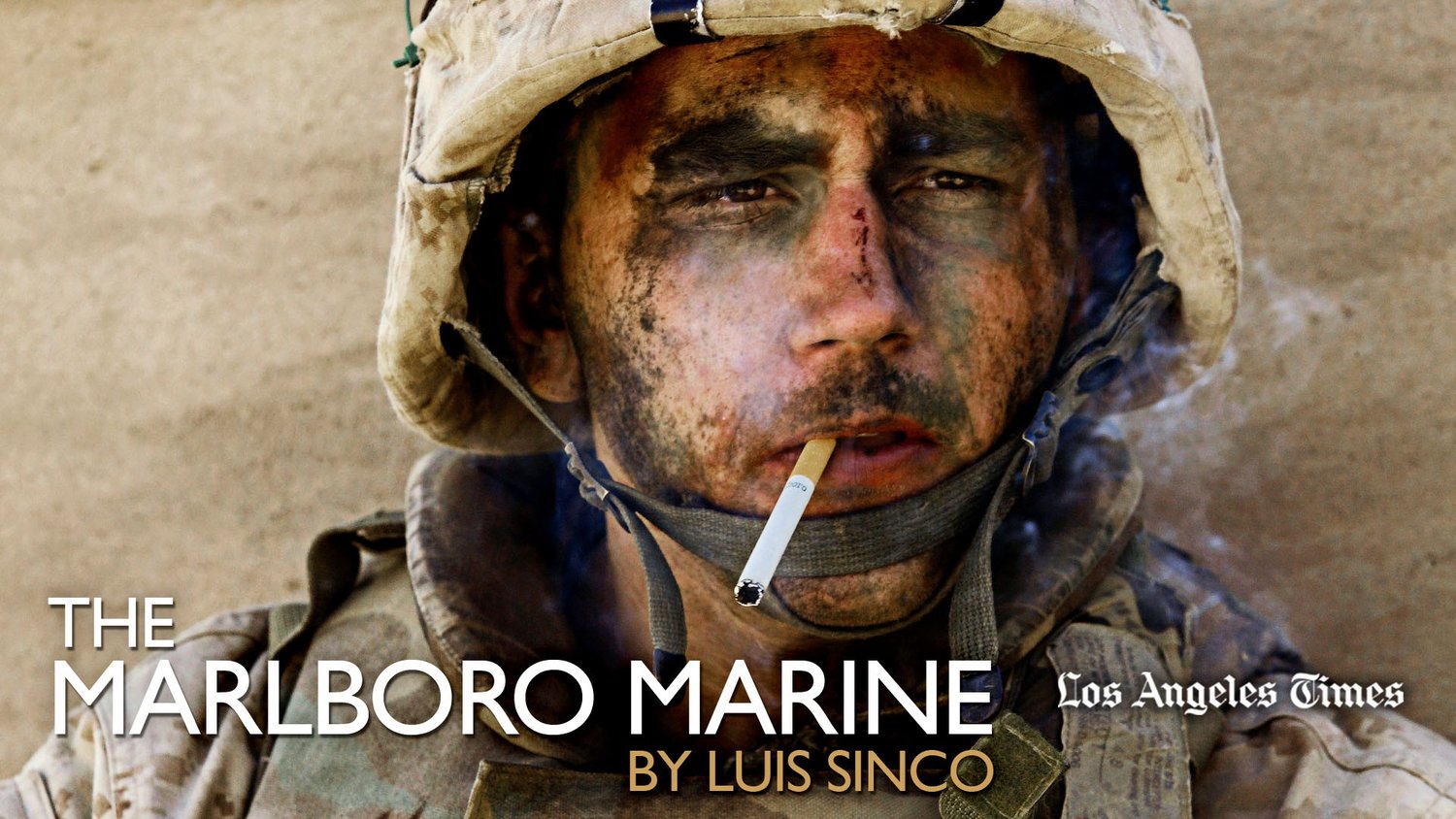
To those who serve in the armed forces, what is the aftereffect of war? The Marlboro Marine is photographer Luis Sinco's portrait of Marine Corporal James Blake Miller, whom he met in Iraq. For Miller, coming home has been its own battle.
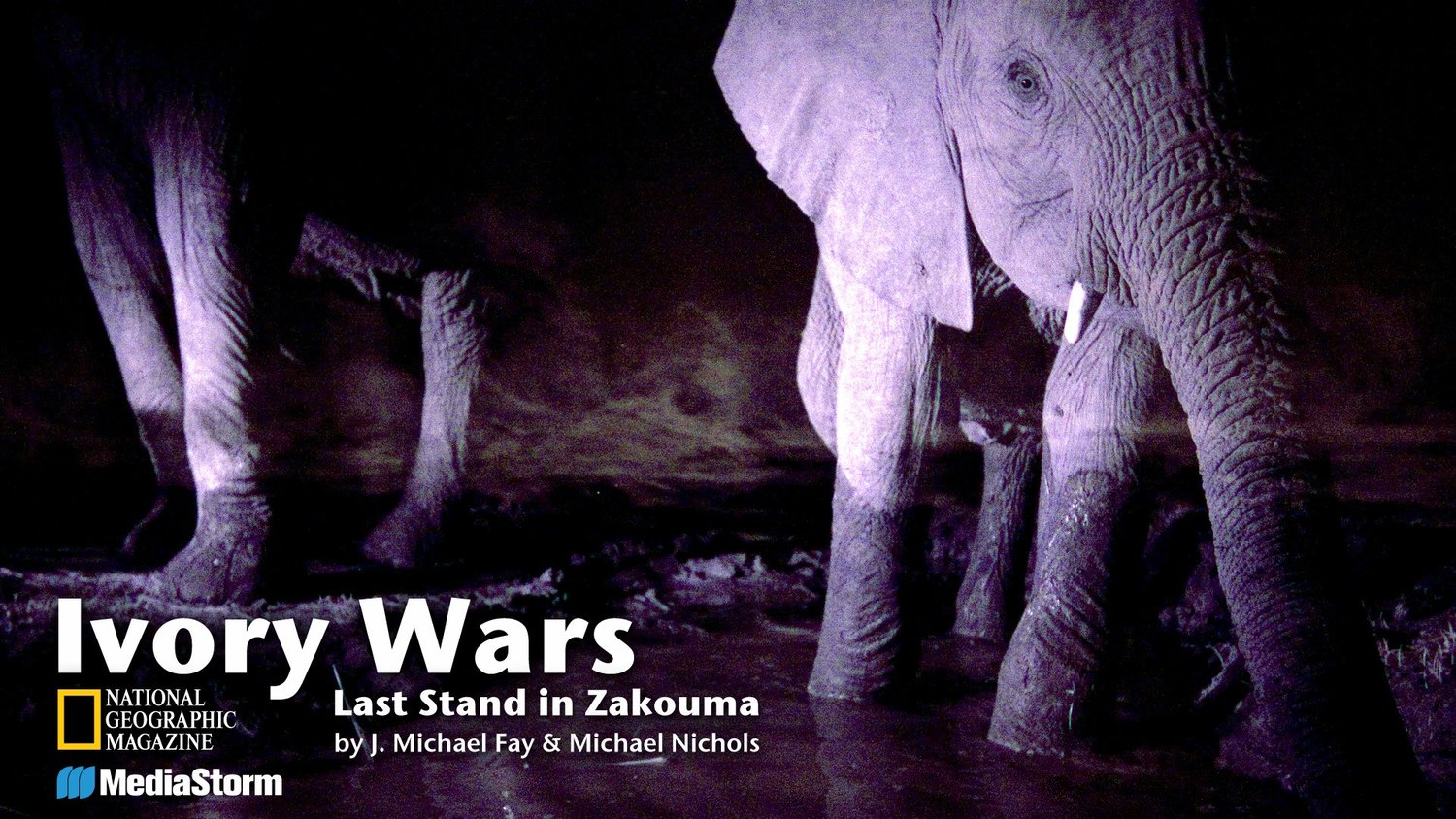
Zakouma National Park is one of the last places on earth where elephants still roam by the thousands. In a land where poachers will slaughter the huge animals for their tusks alone, it takes armed guards to keep them safe.
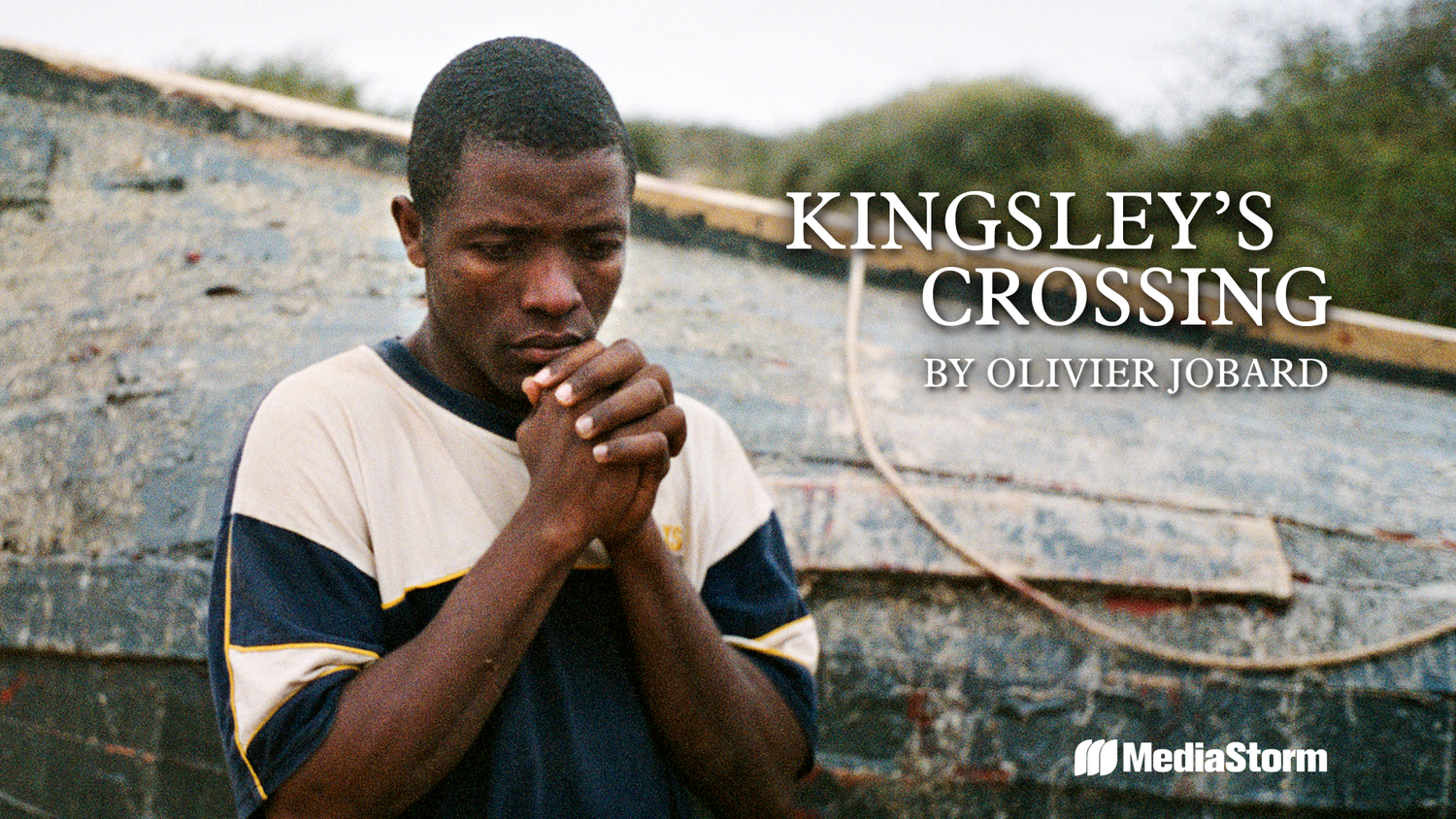
Kingsley's Crossing is the story of one man's dream to leave the poverty of life in Africa for the promised land of Europe. We walk in his shoes, as photojournalist Olivier Jobard accompanies Kingsley on his uncertain and perilous journey.
Collaborate With Us
The MediaStorm Platform is an advanced video platform that extends the user experience beyond linear video to include the interactive capabilities of the Internet.
The MediaStorm Platform is an advanced video platform that extends the user experience beyond linear video to include the interactive capabilities of the Internet.
Follow MediaStorm
Copyright 2025 MediaStorm, LLC | Terms & Conditions | Privacy | Contact
